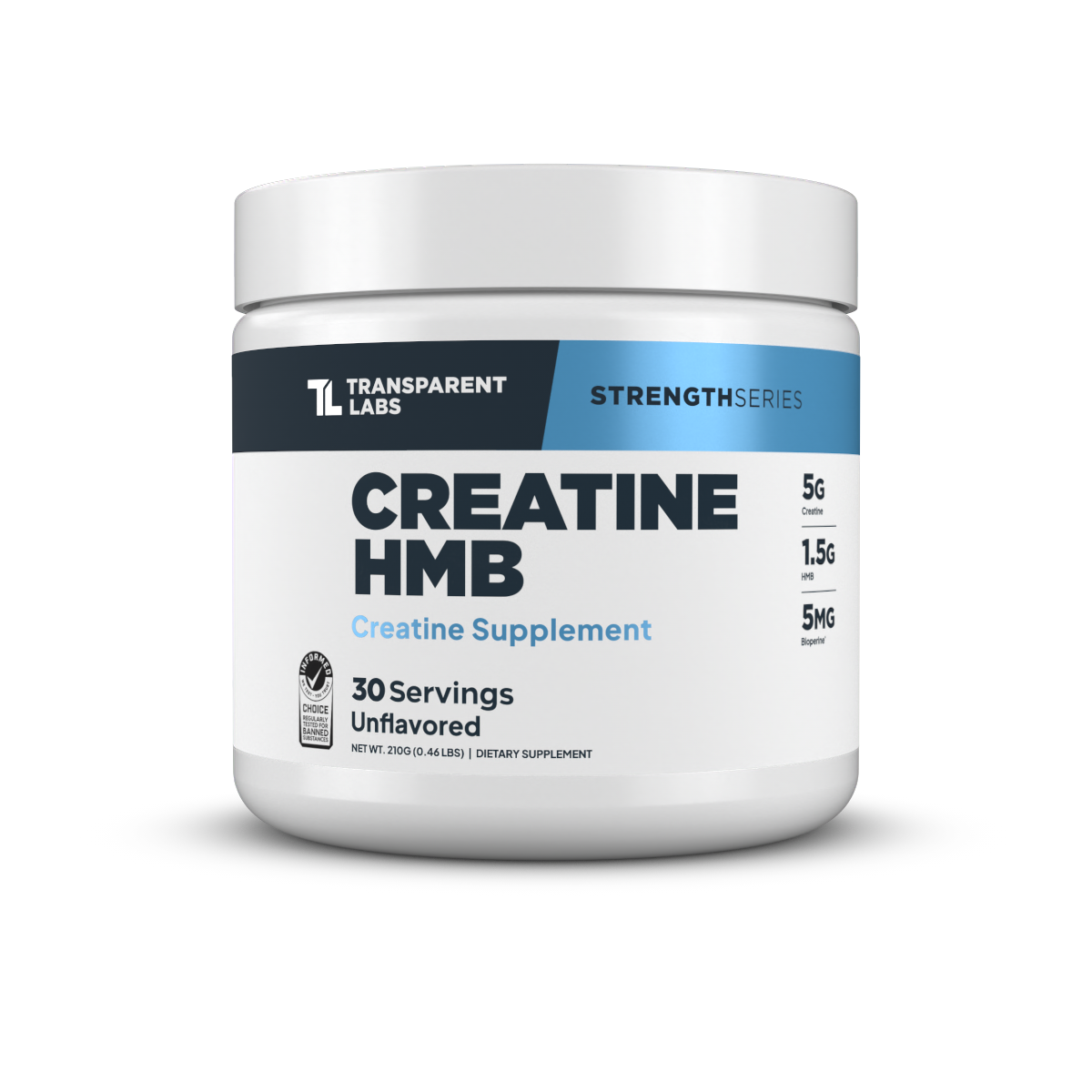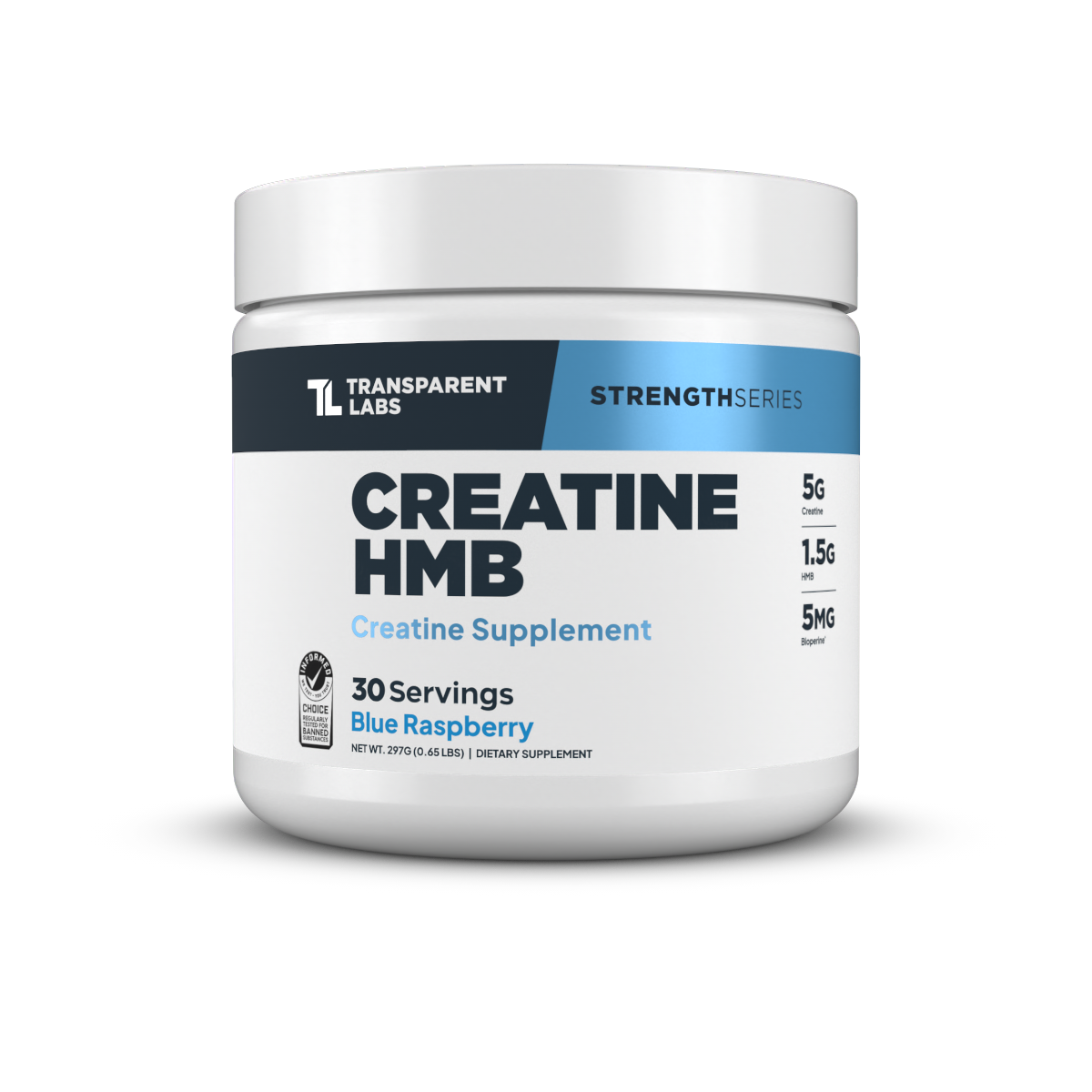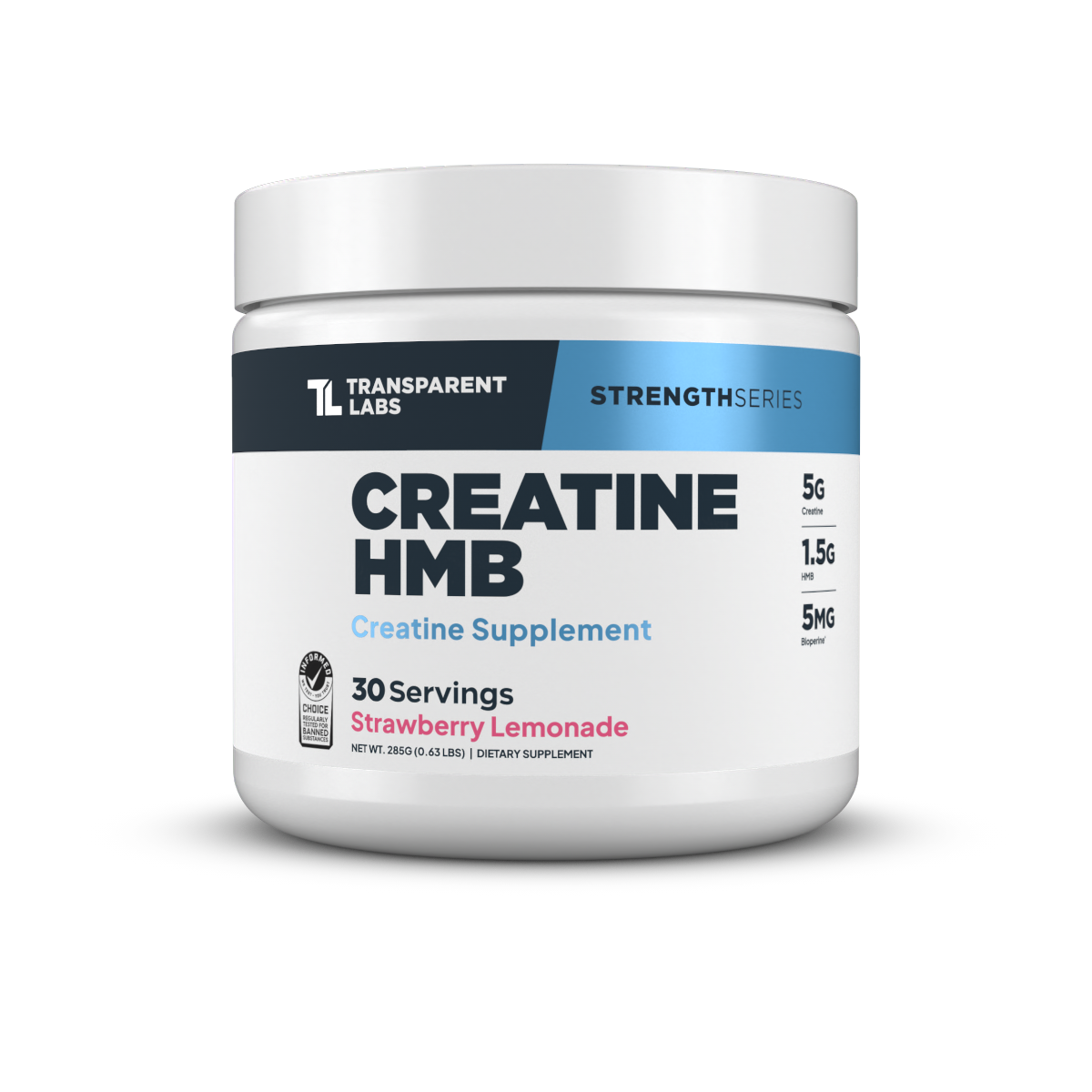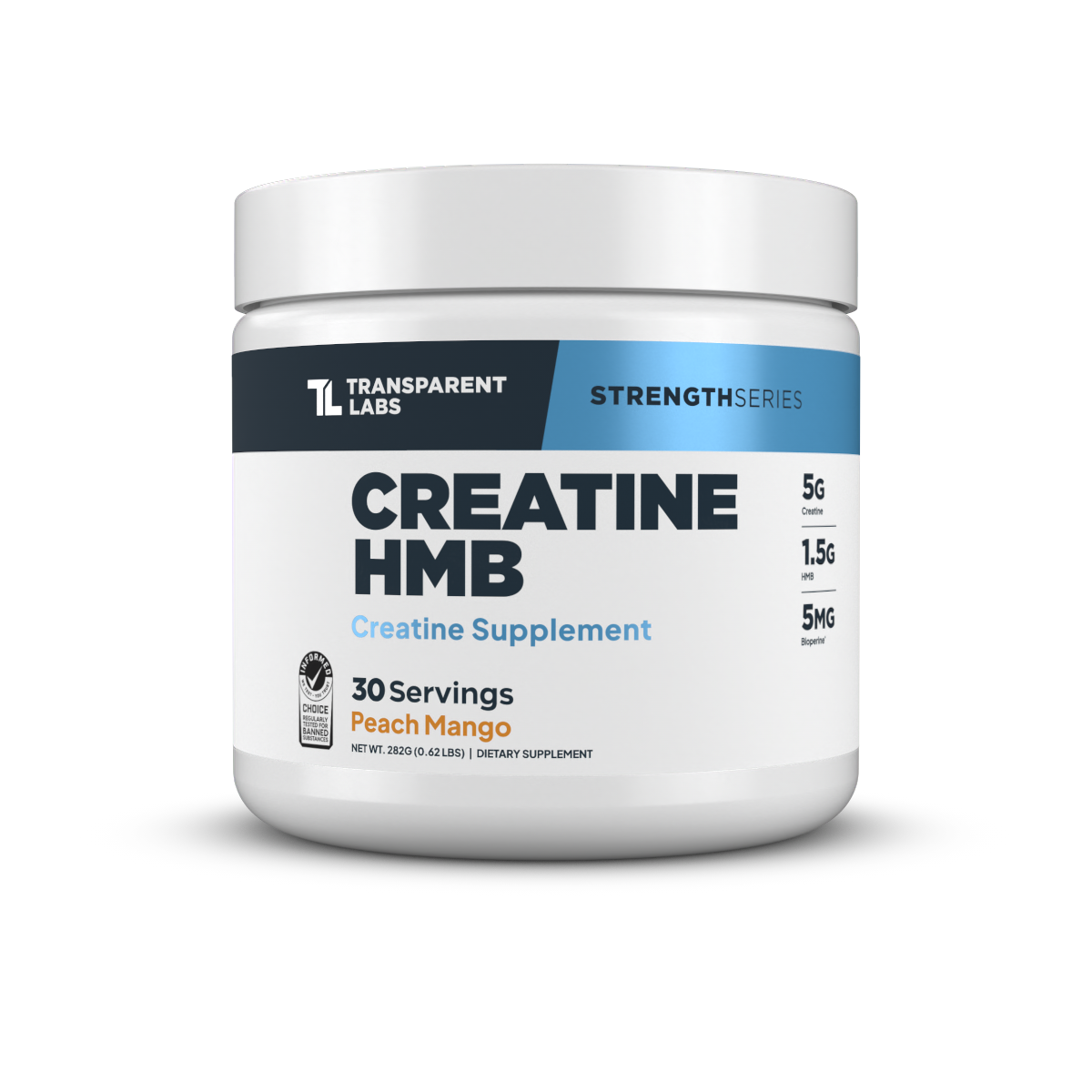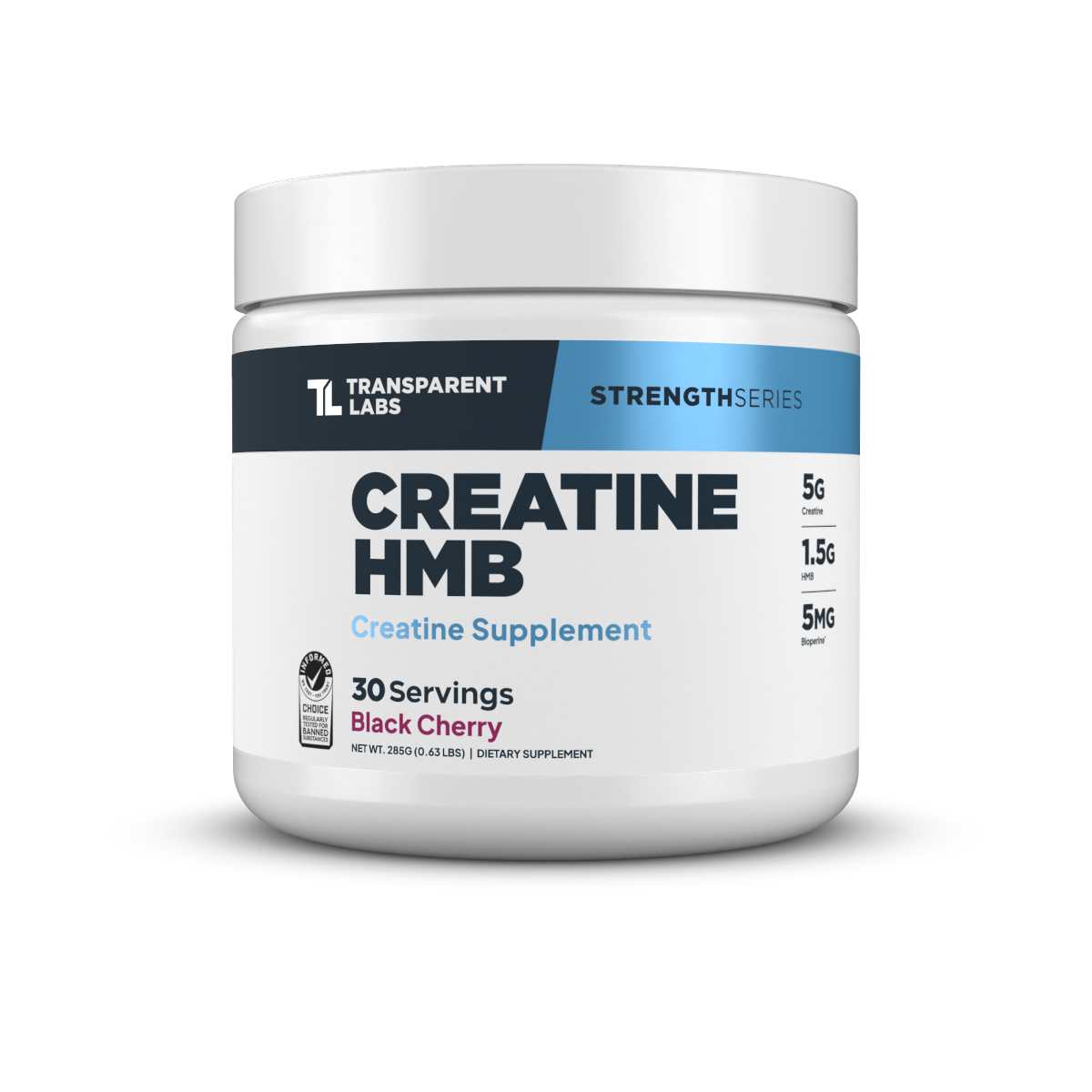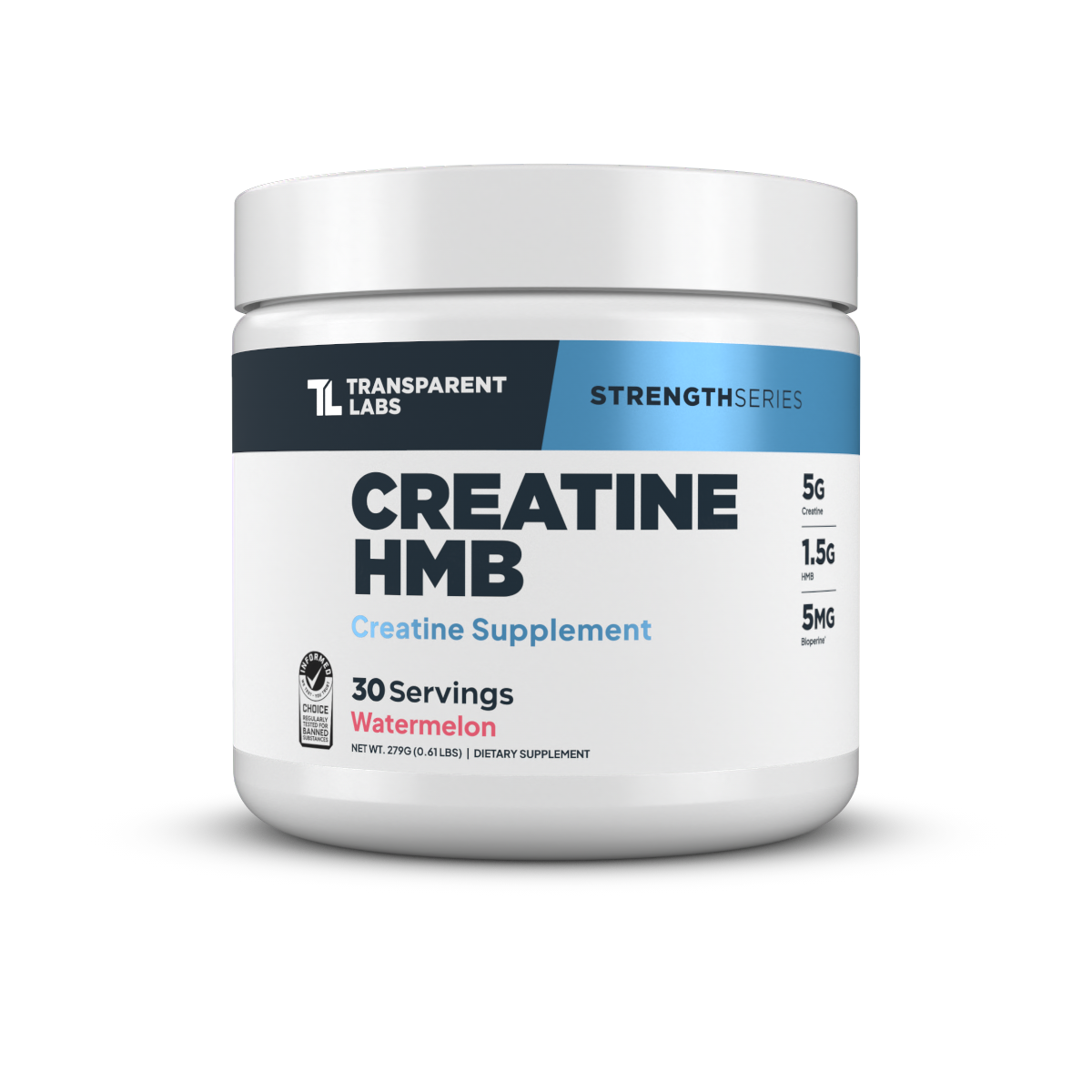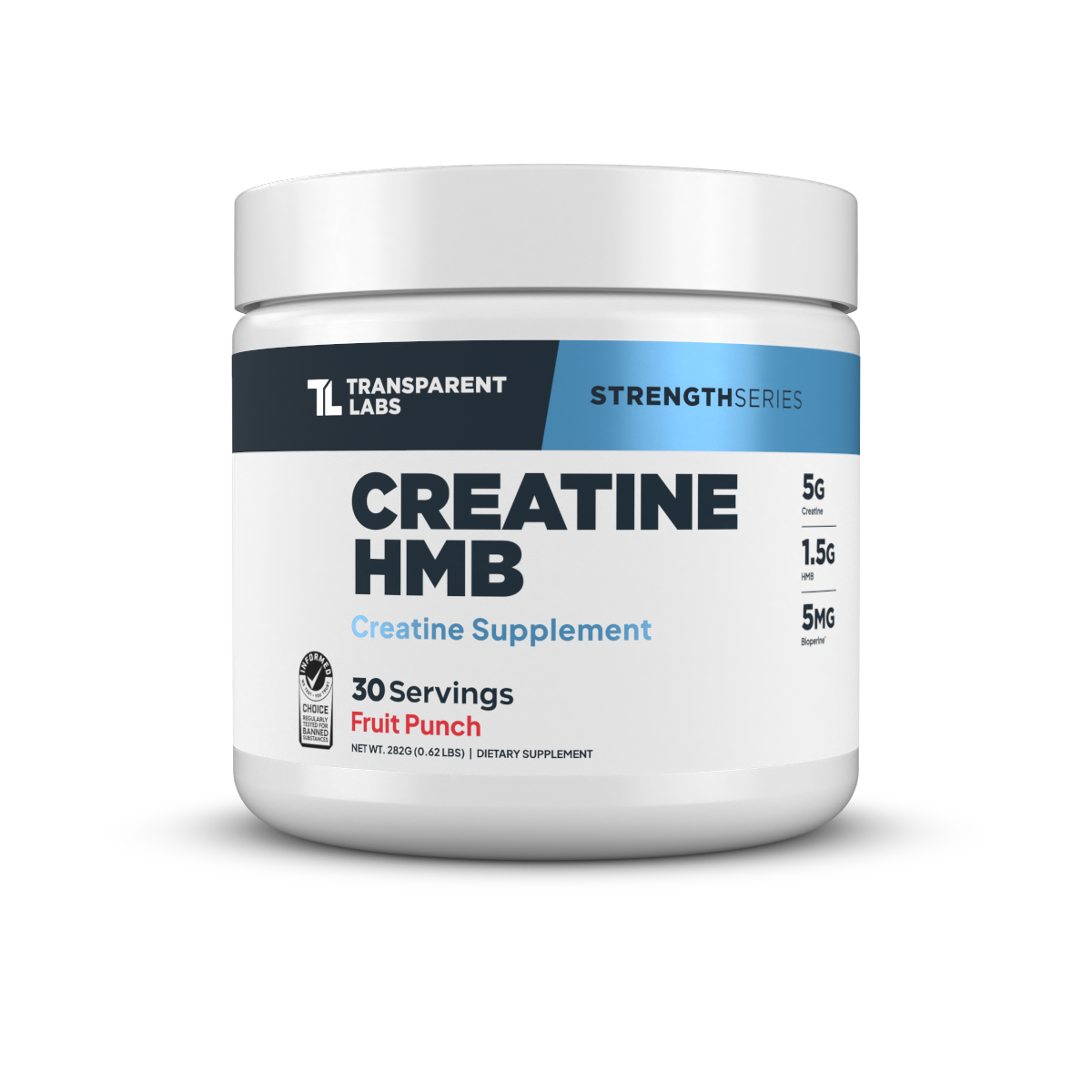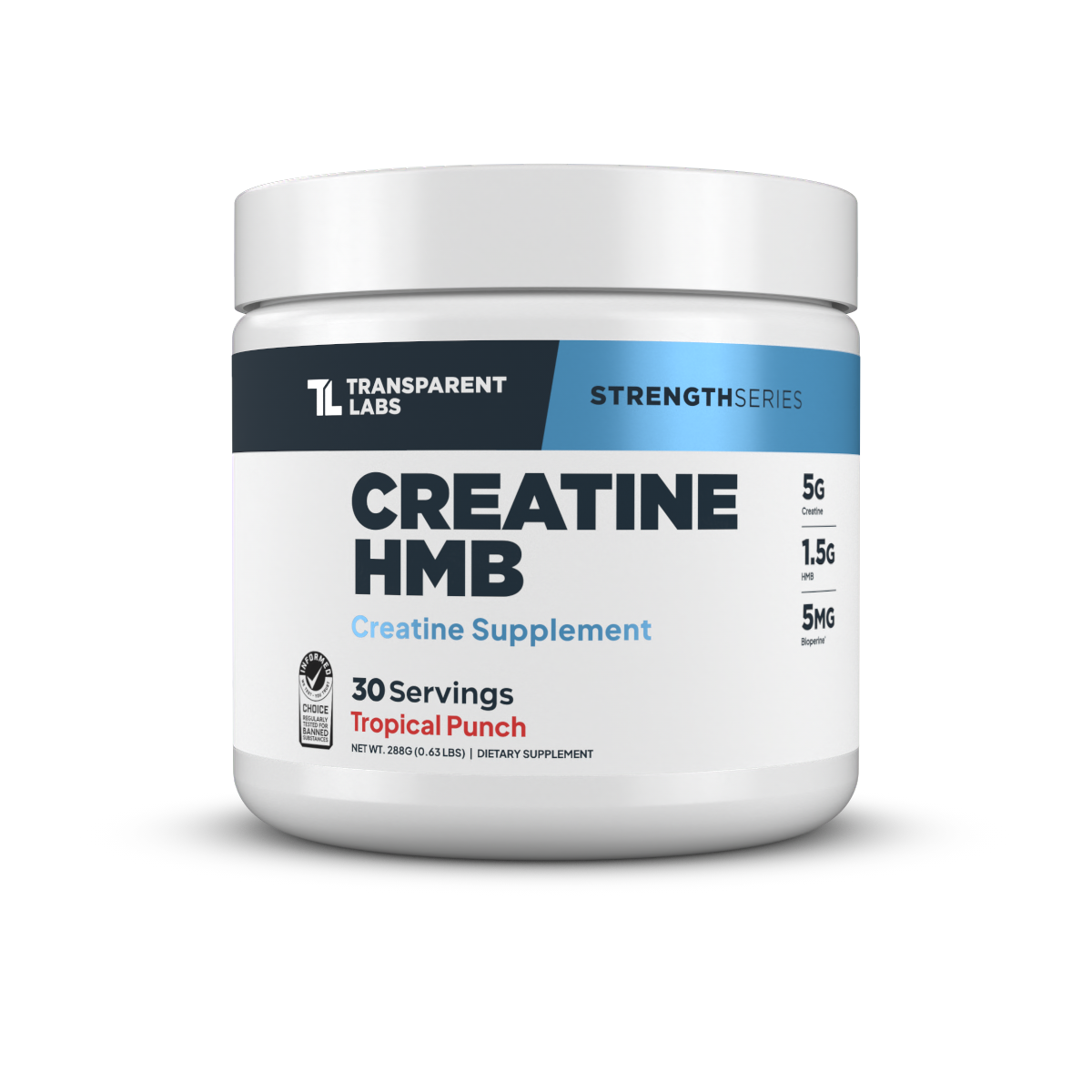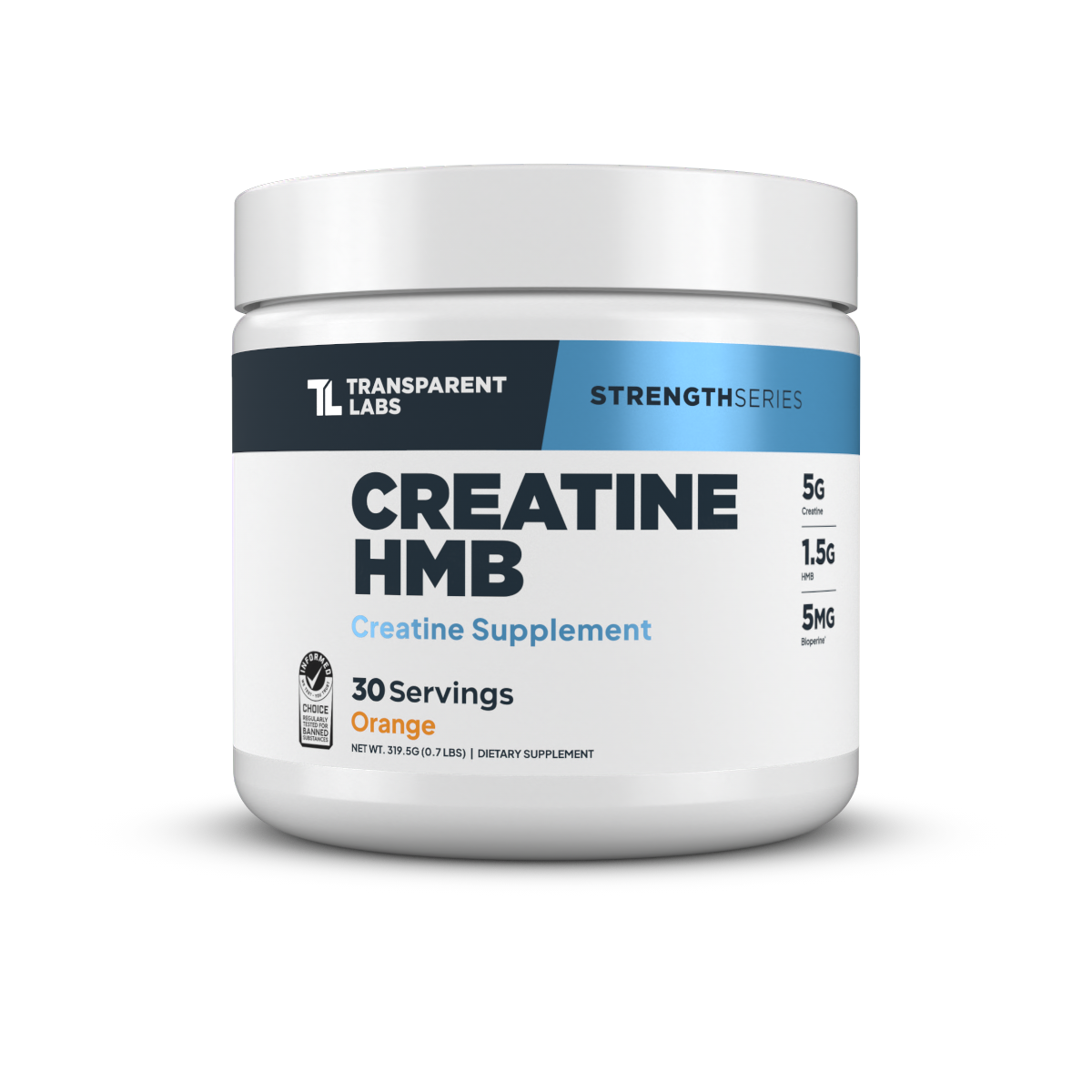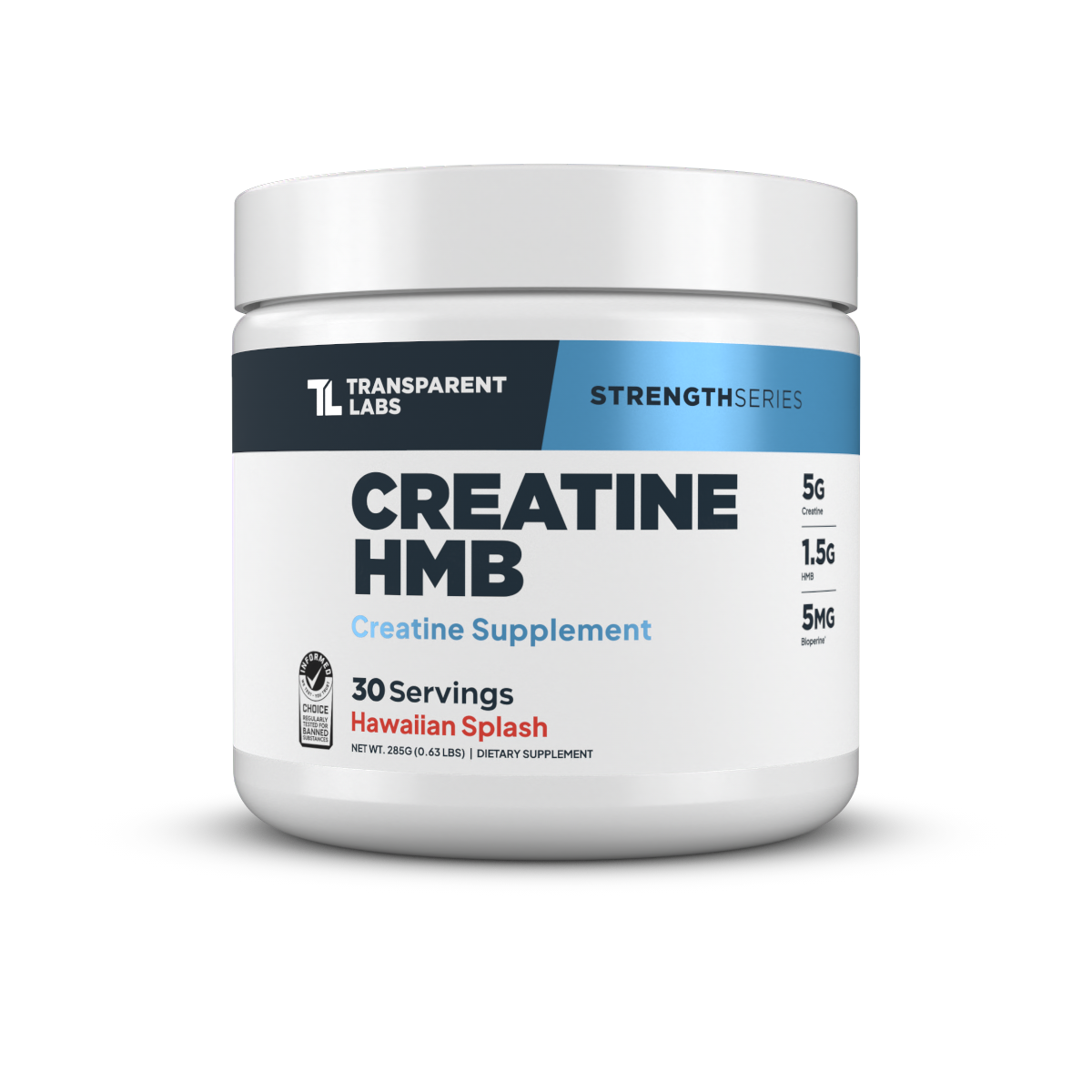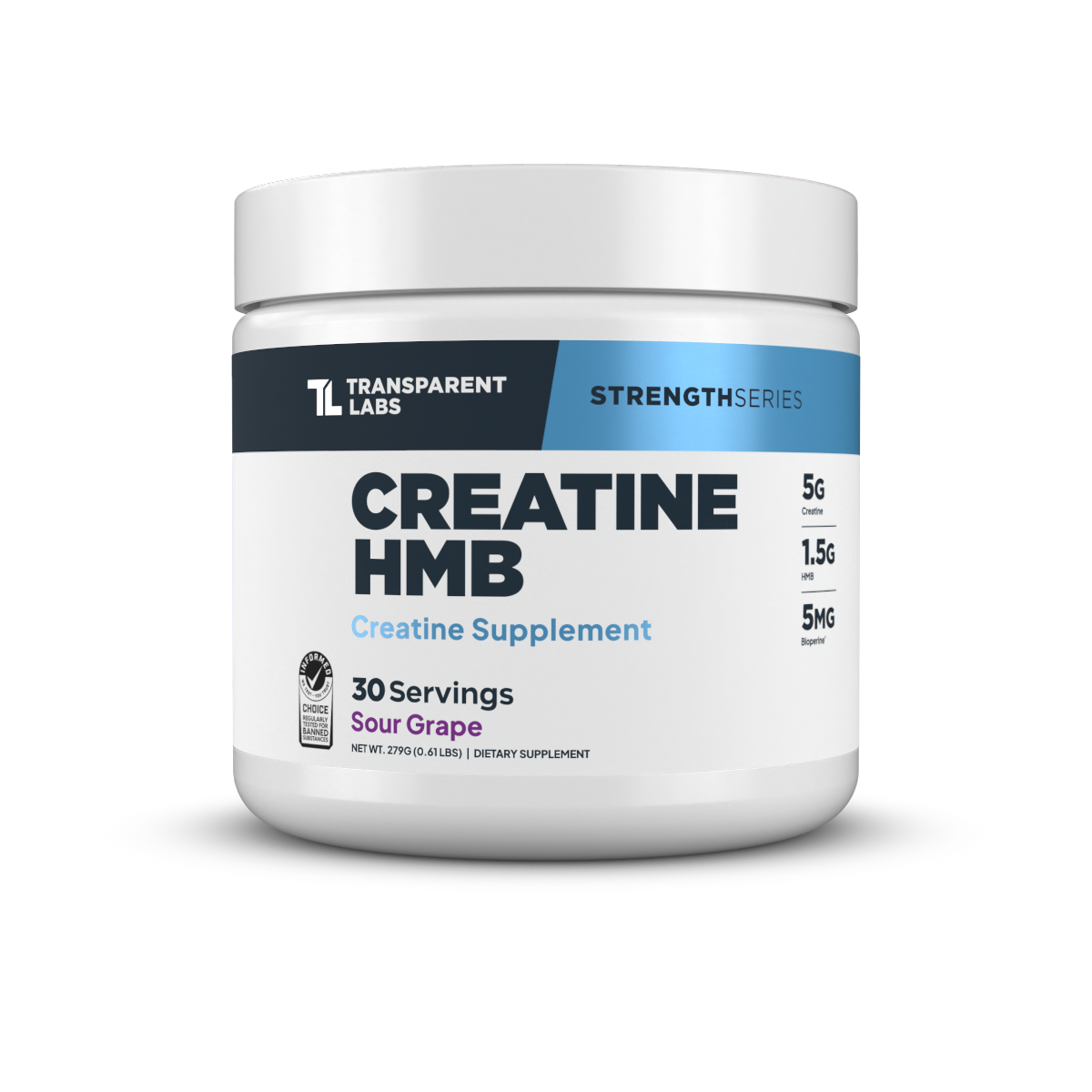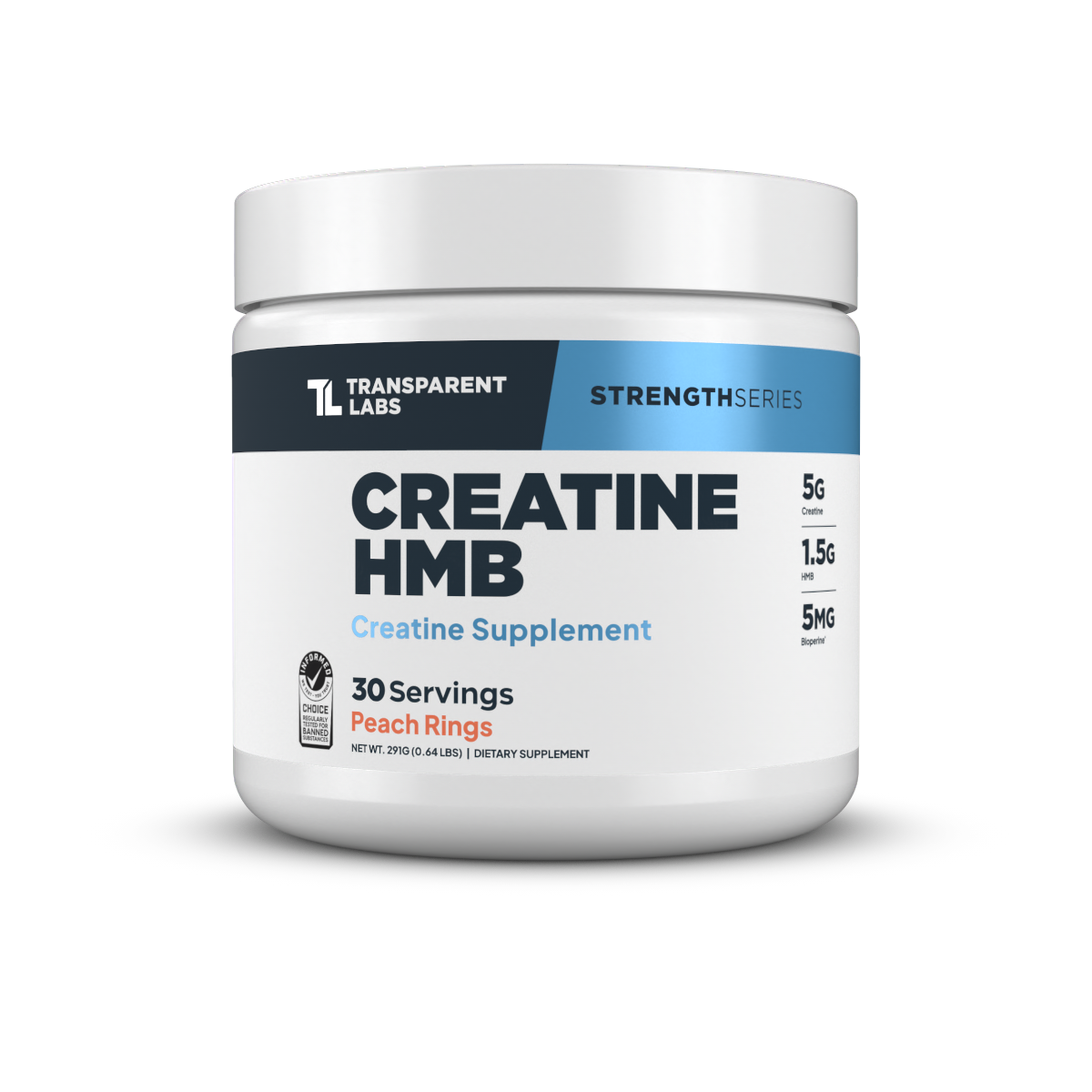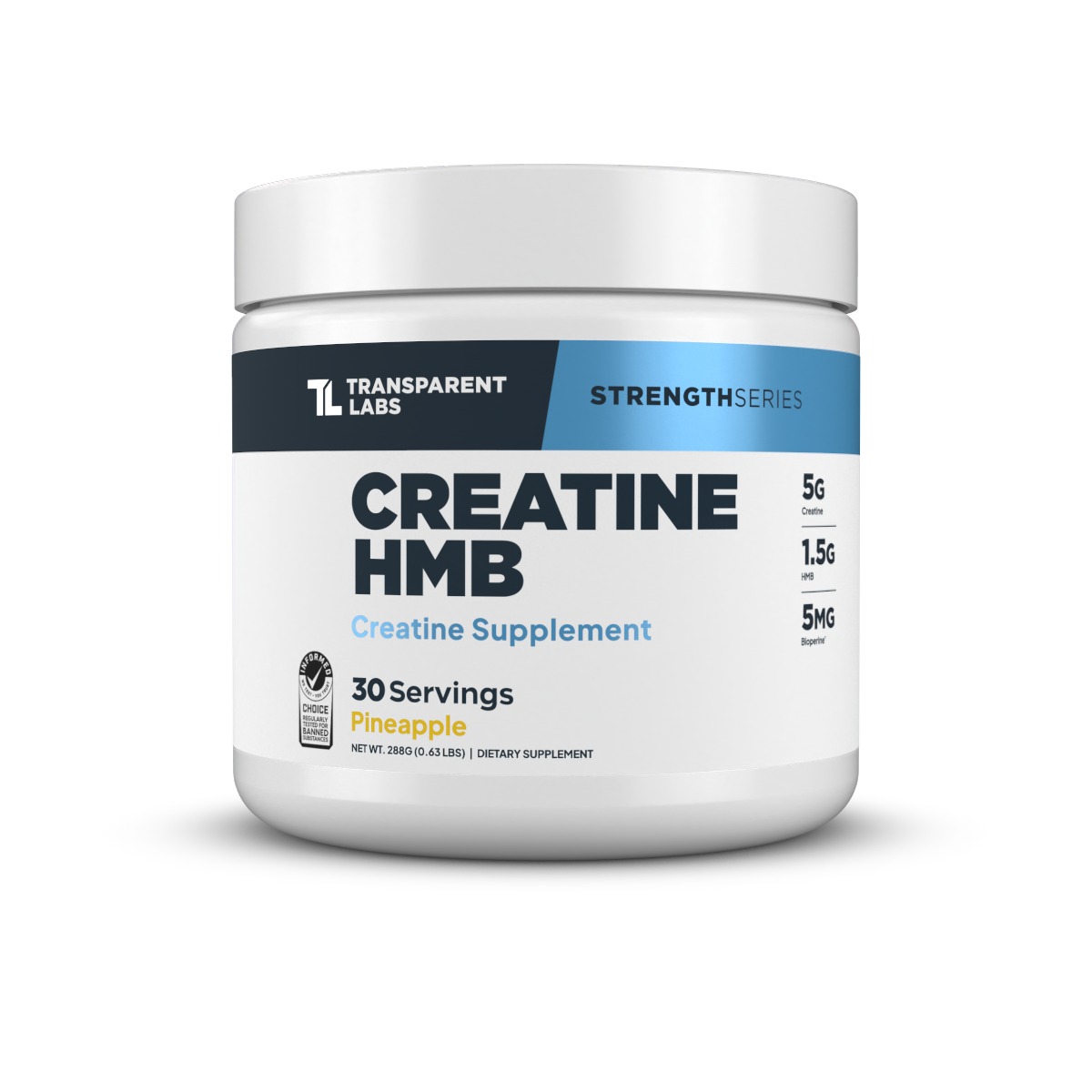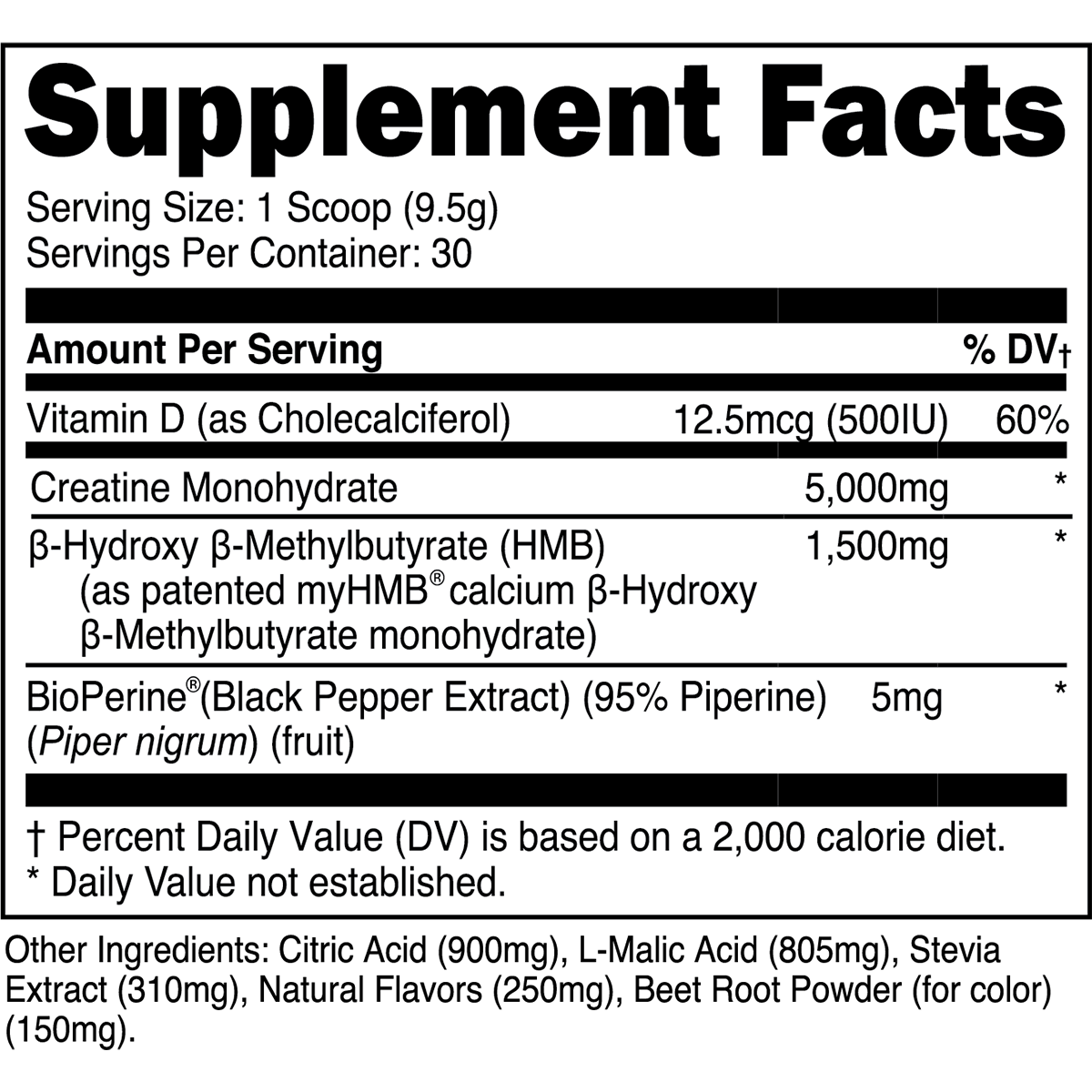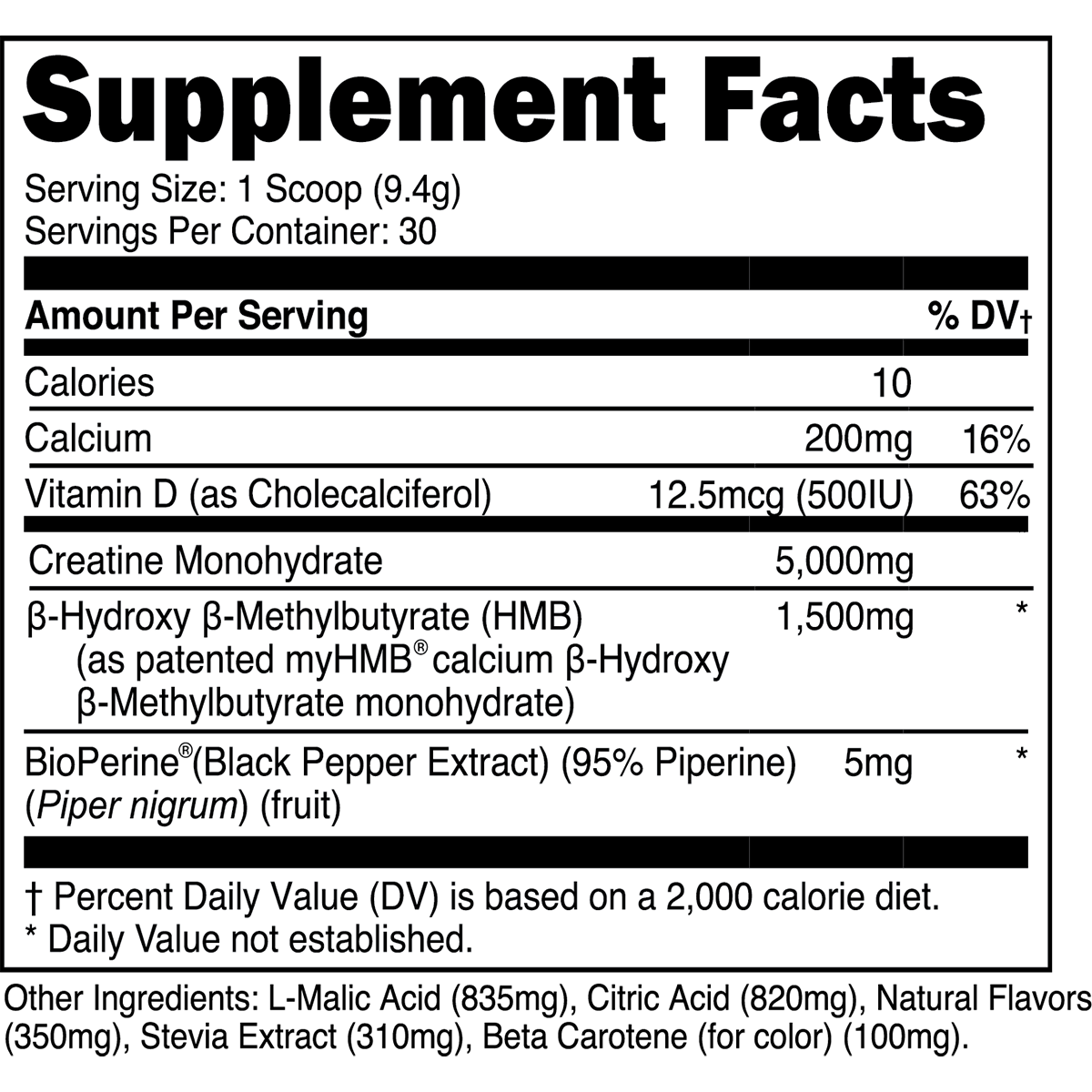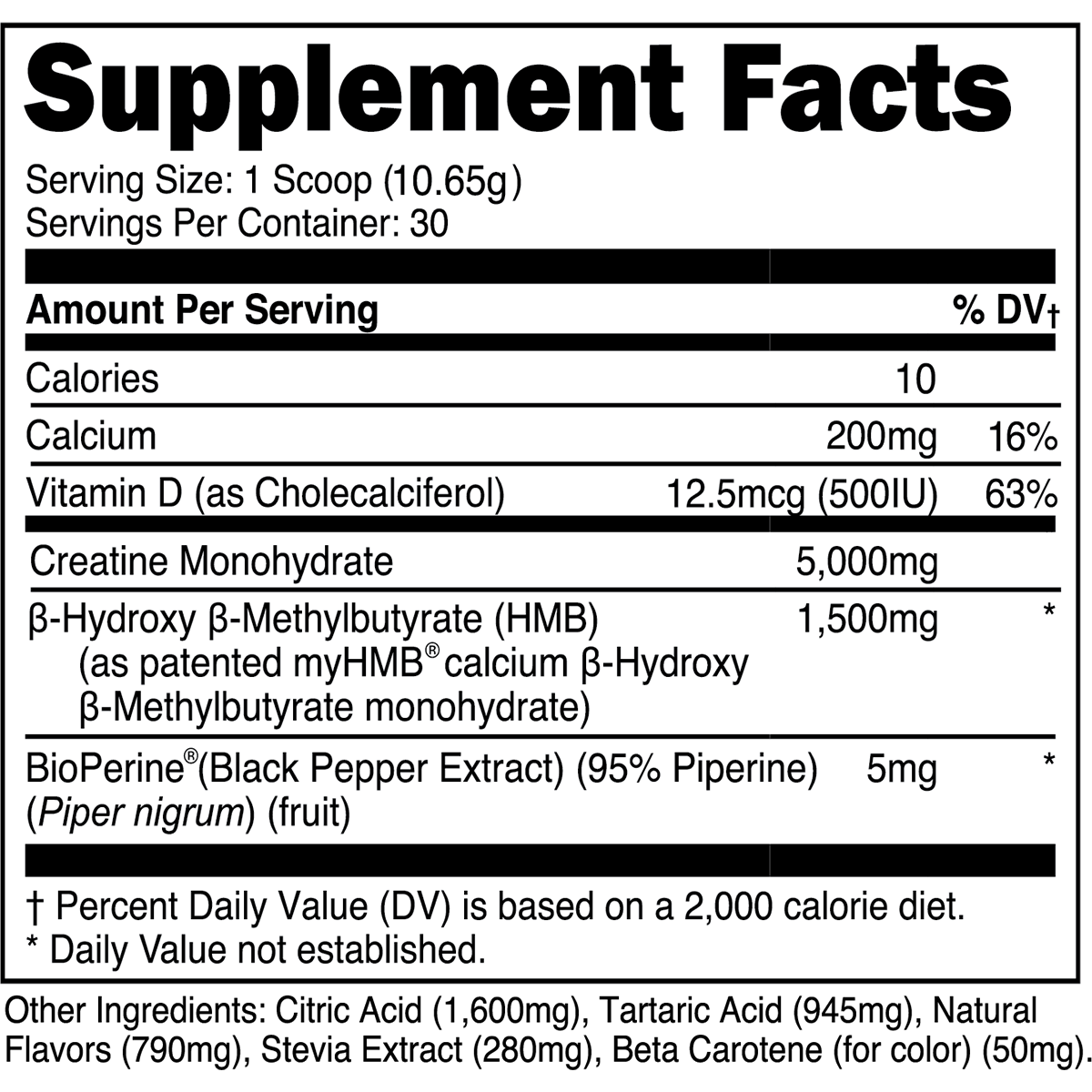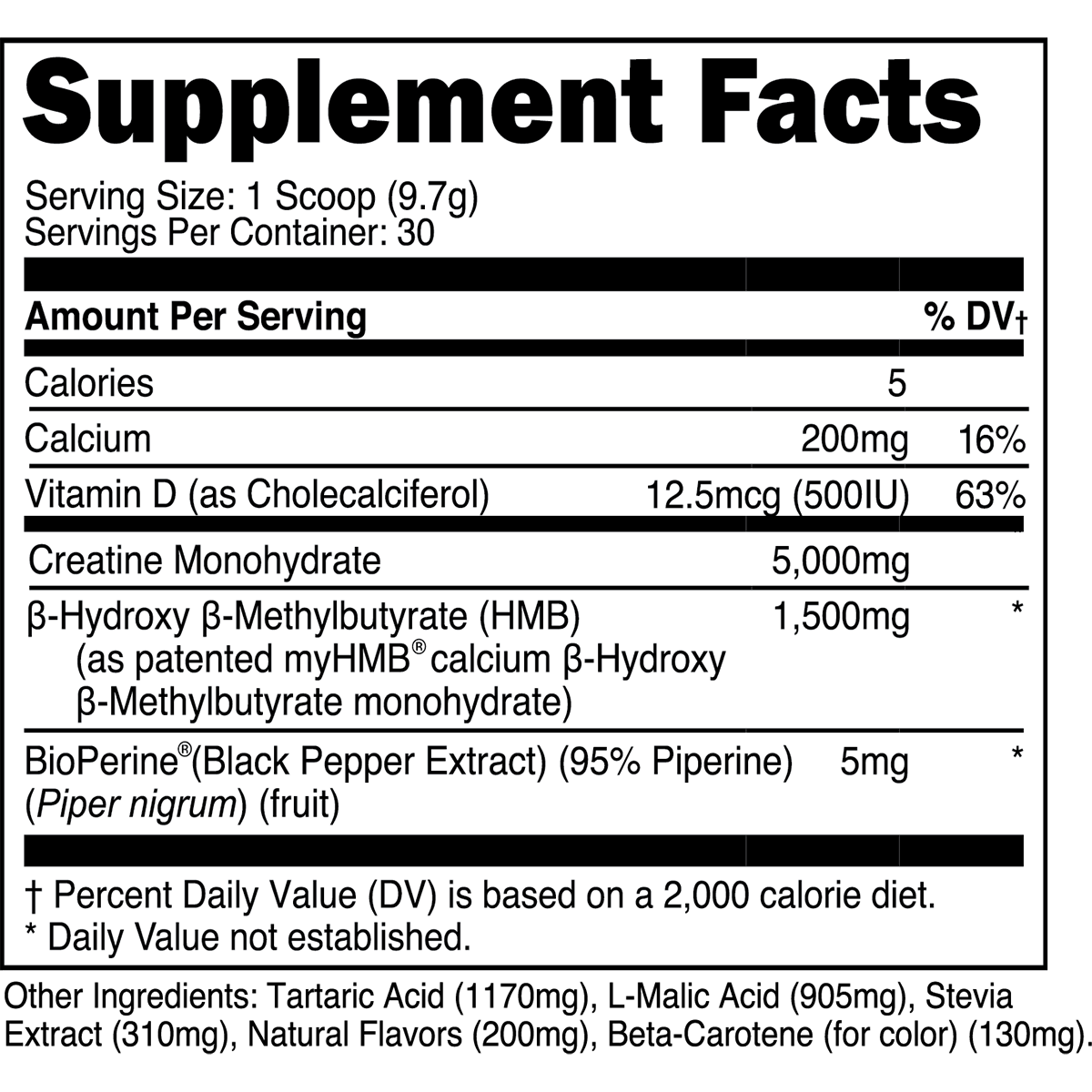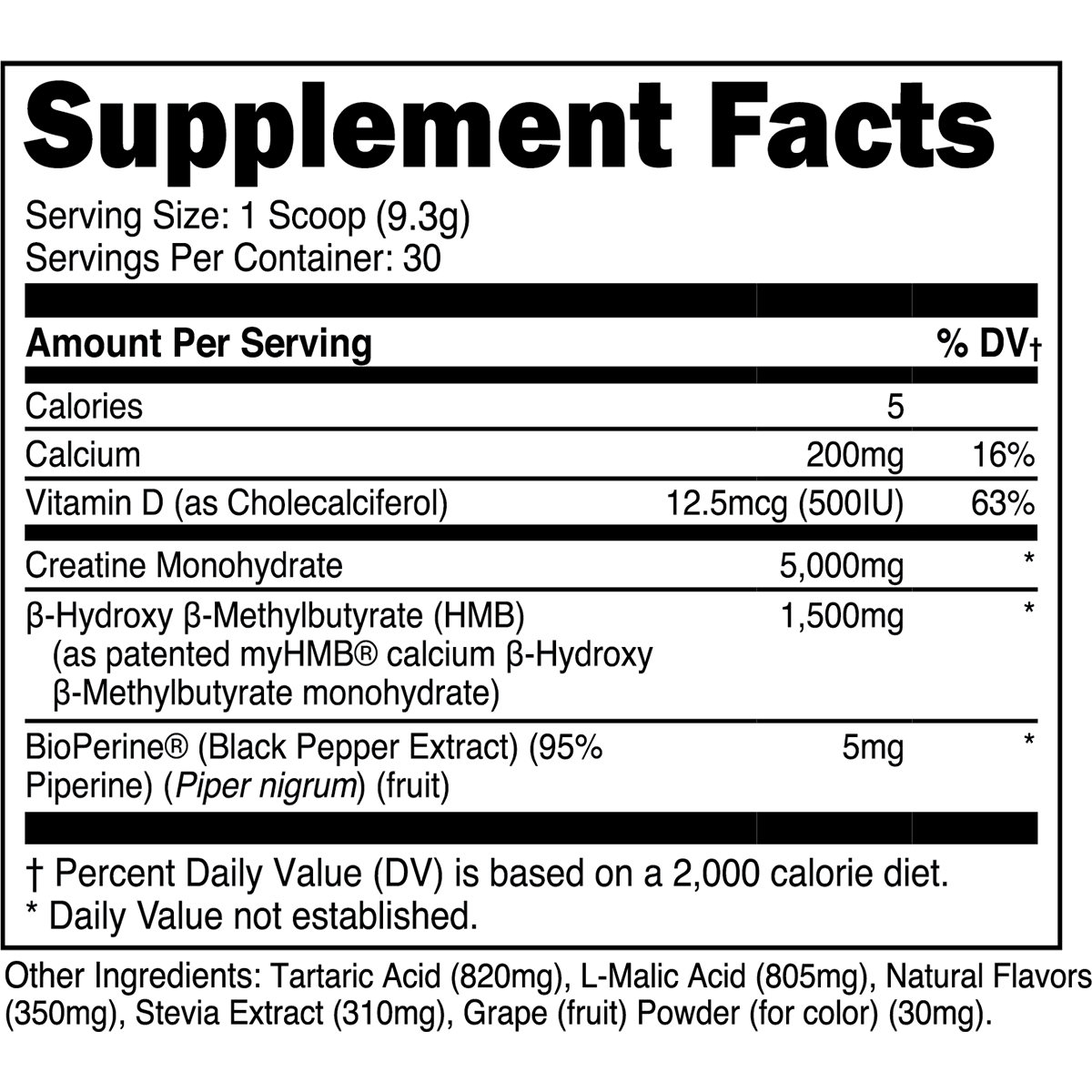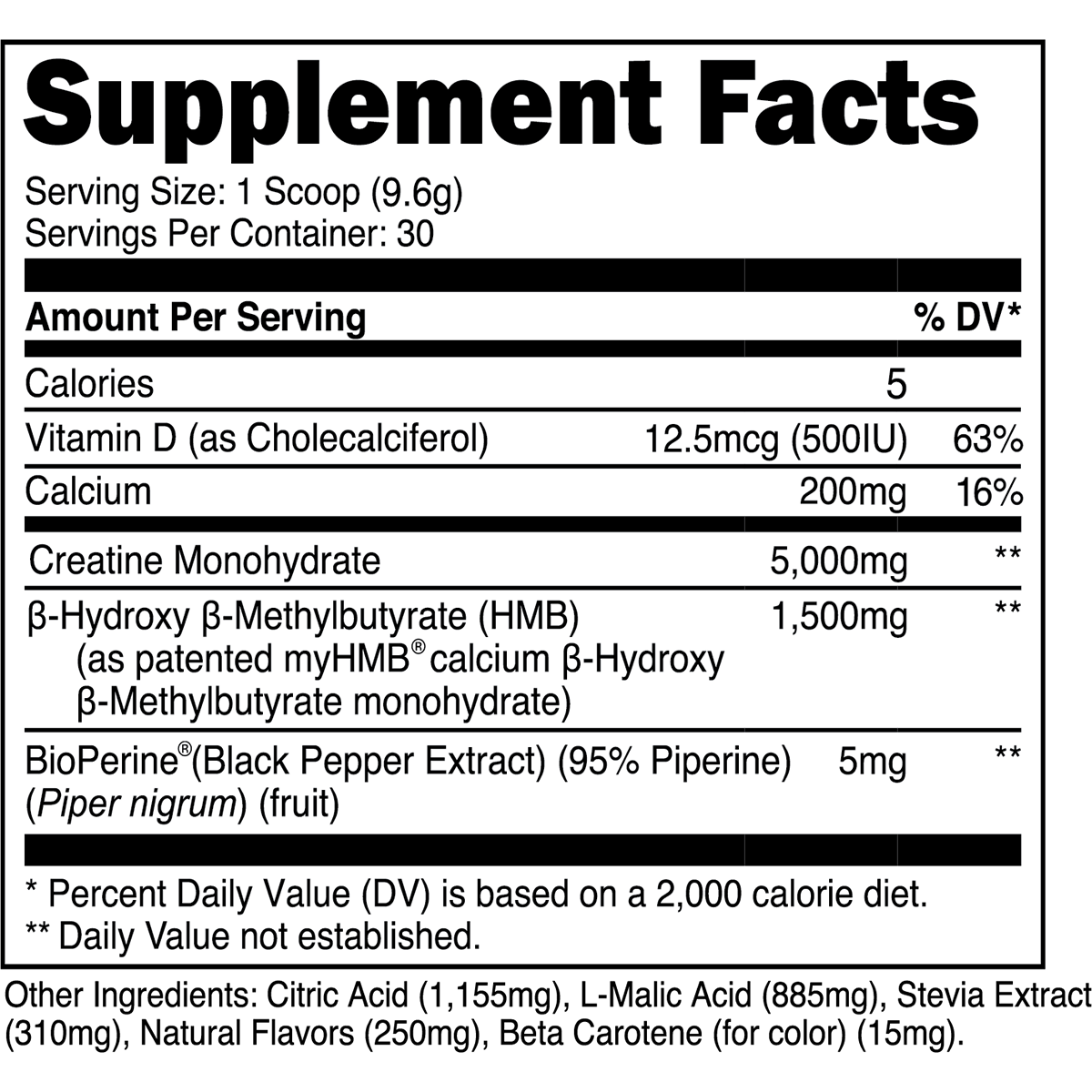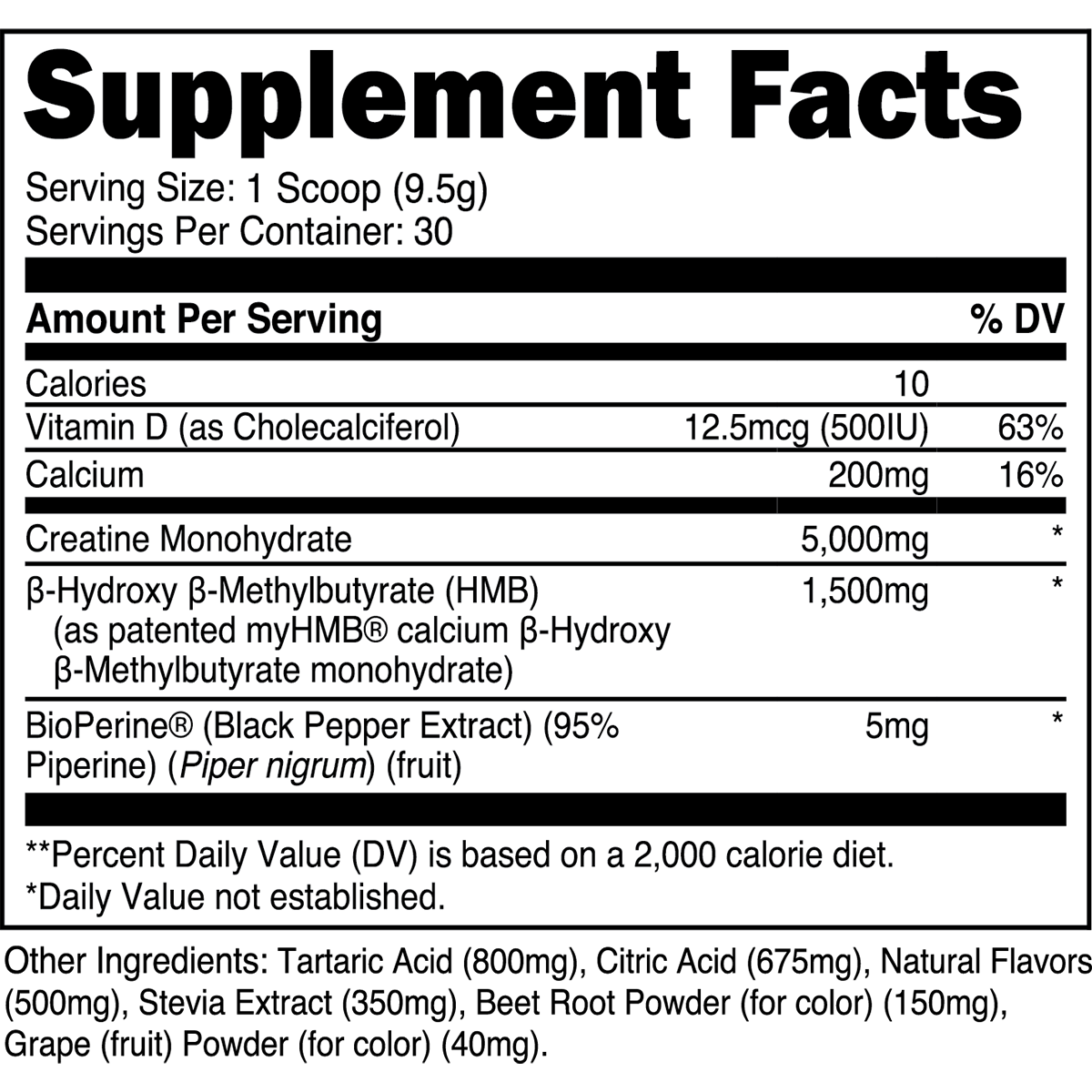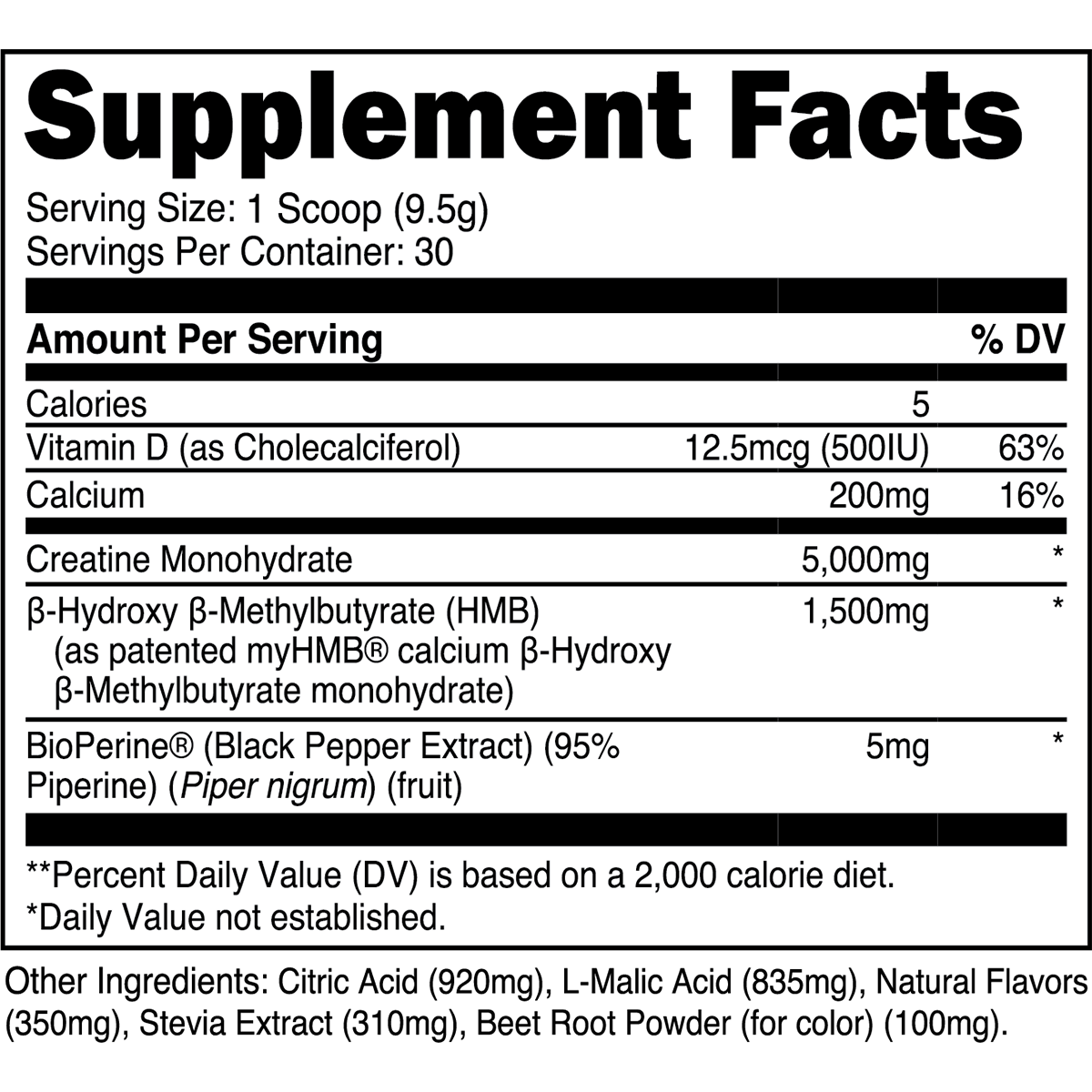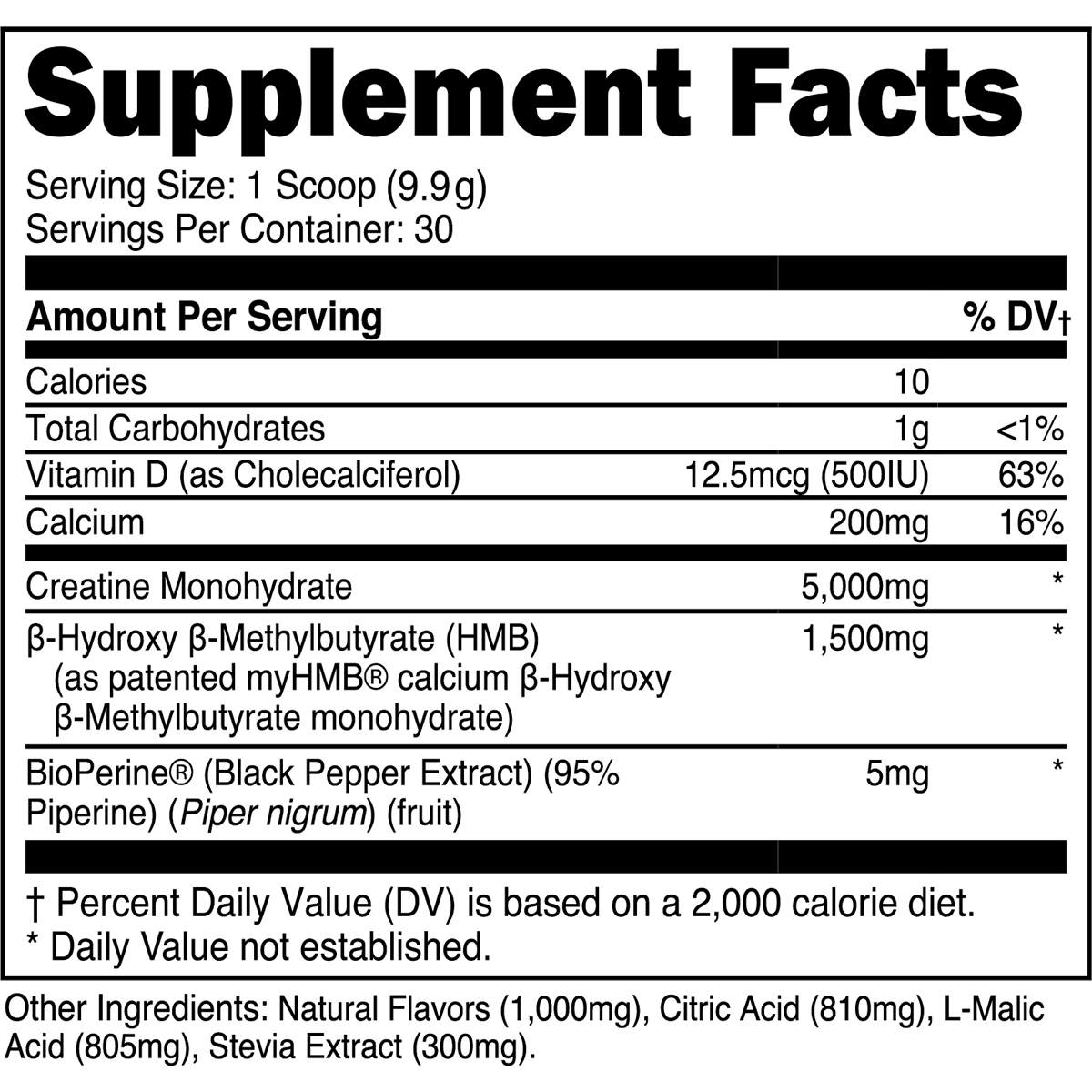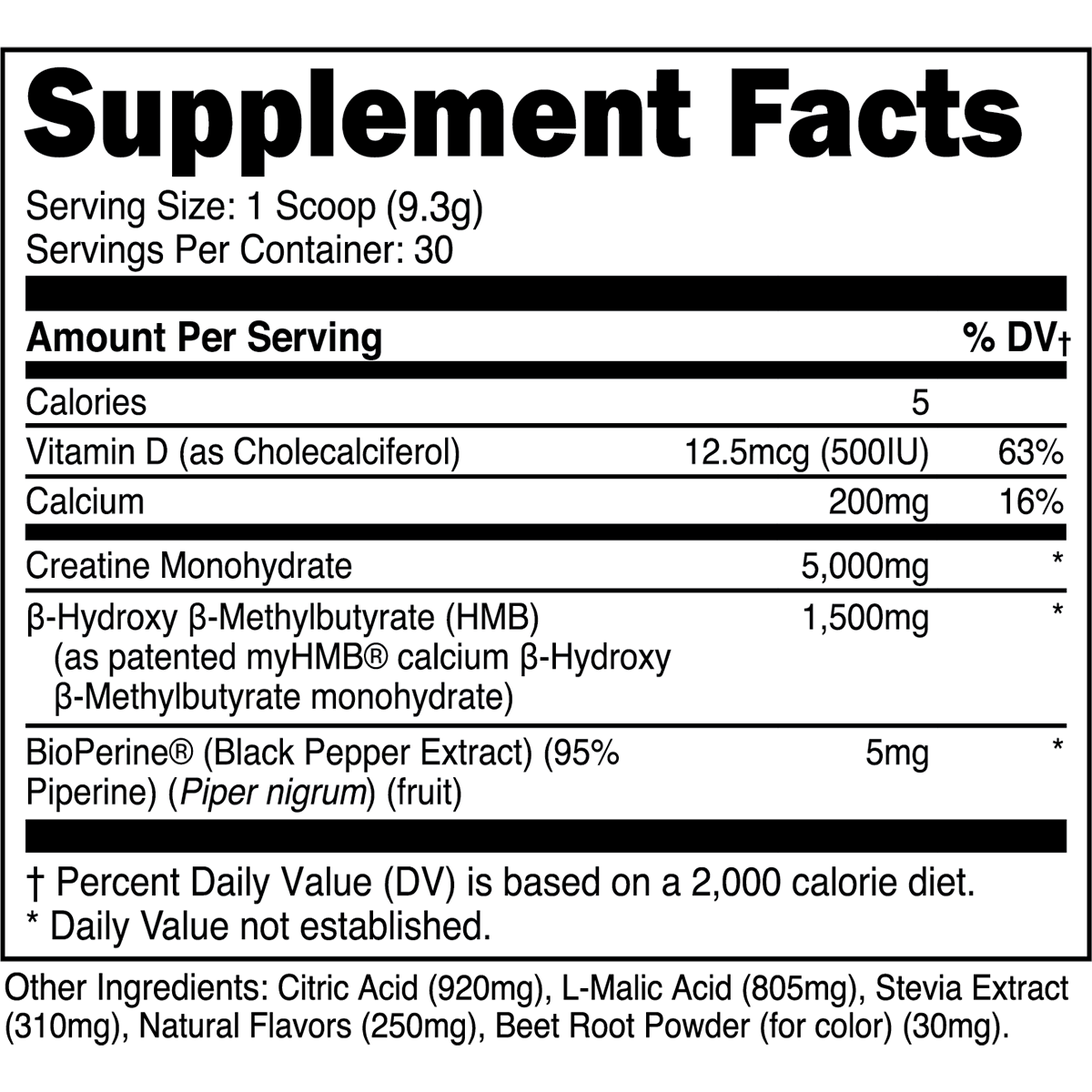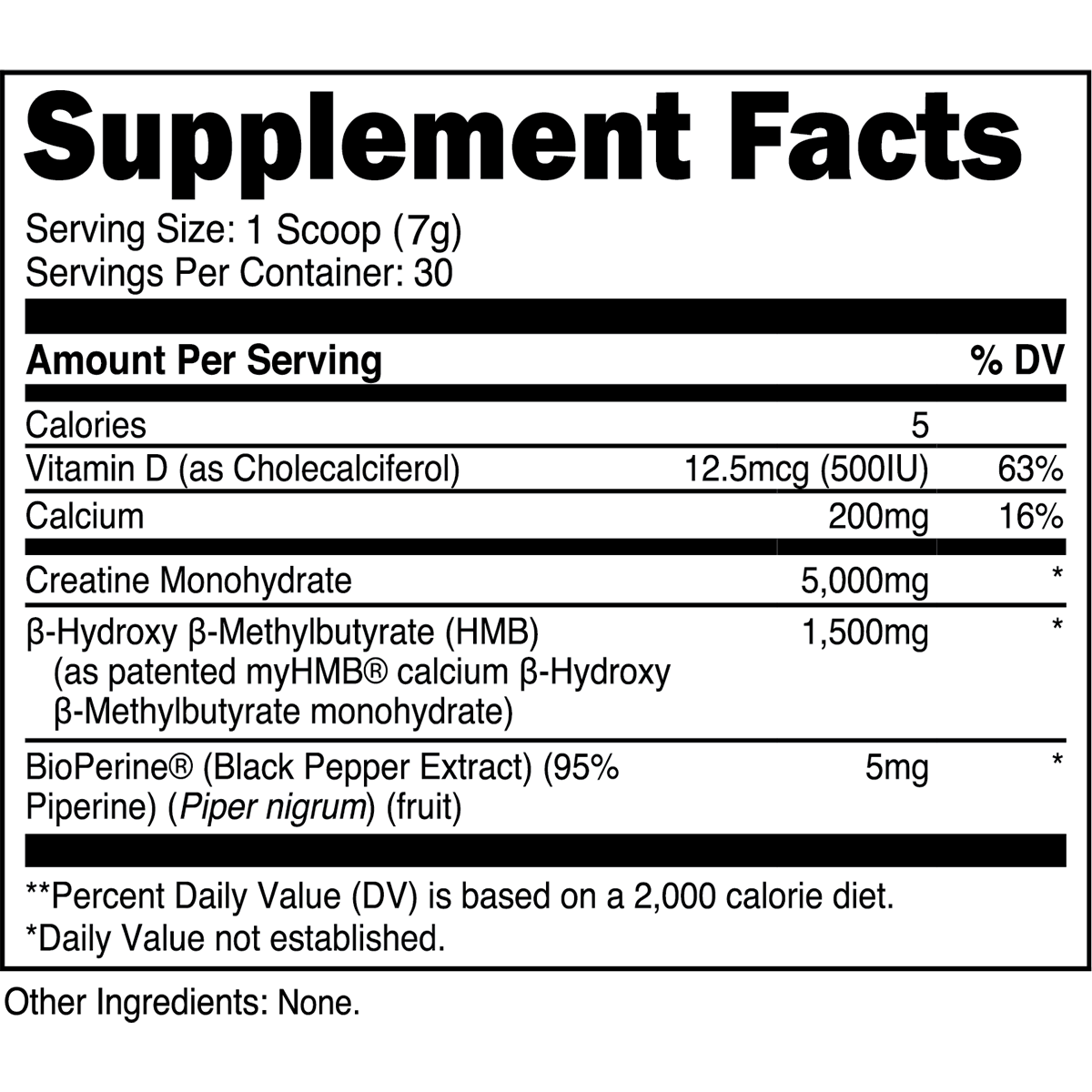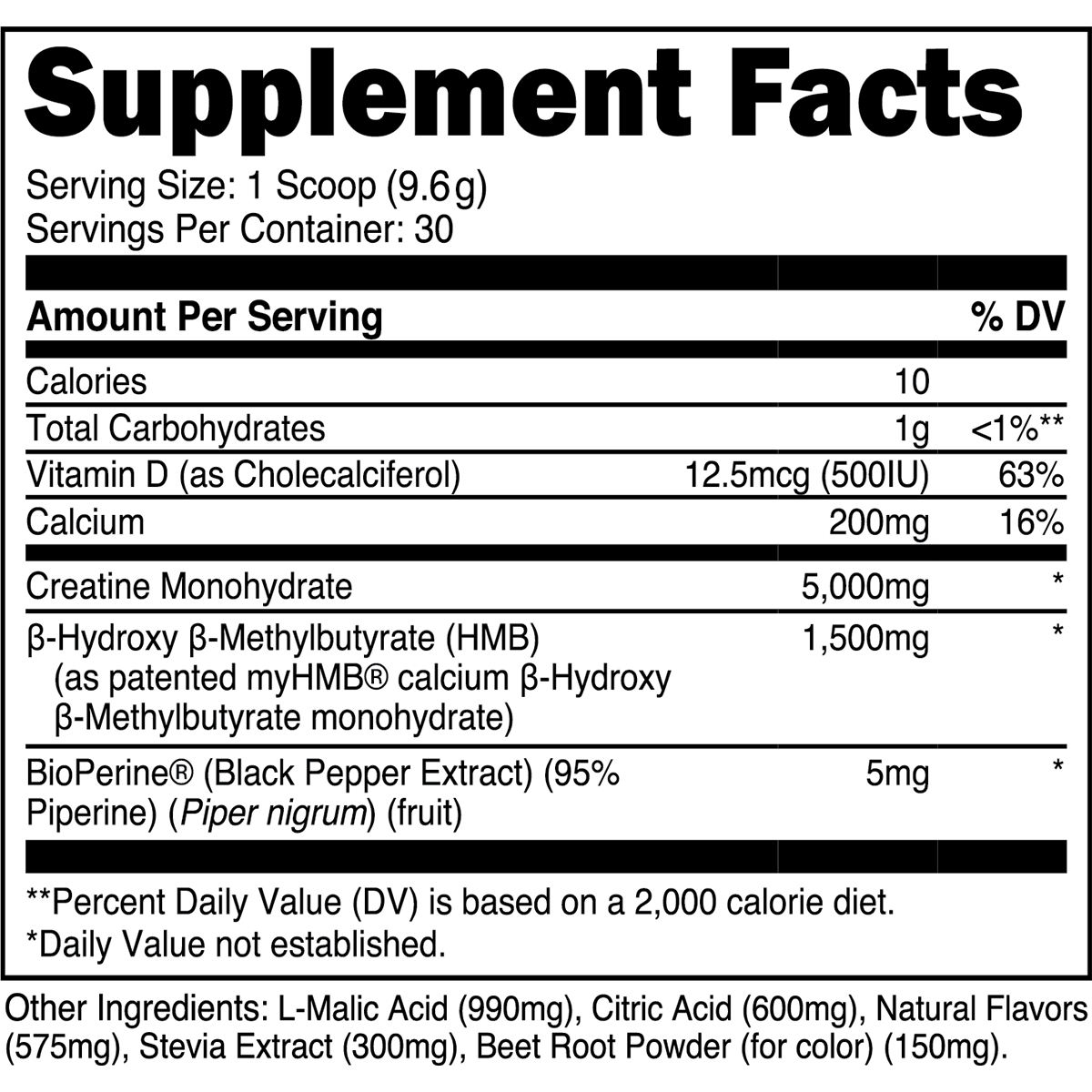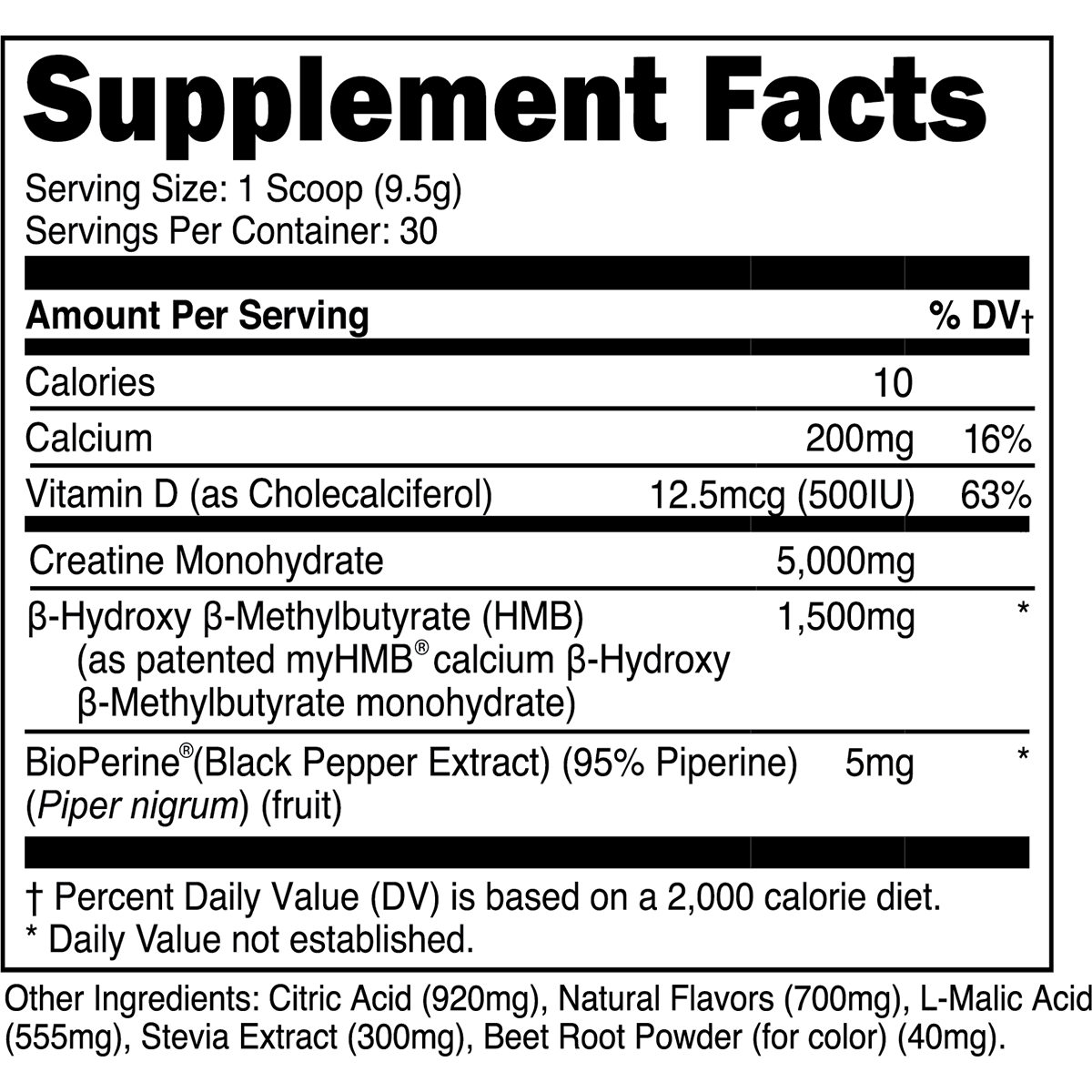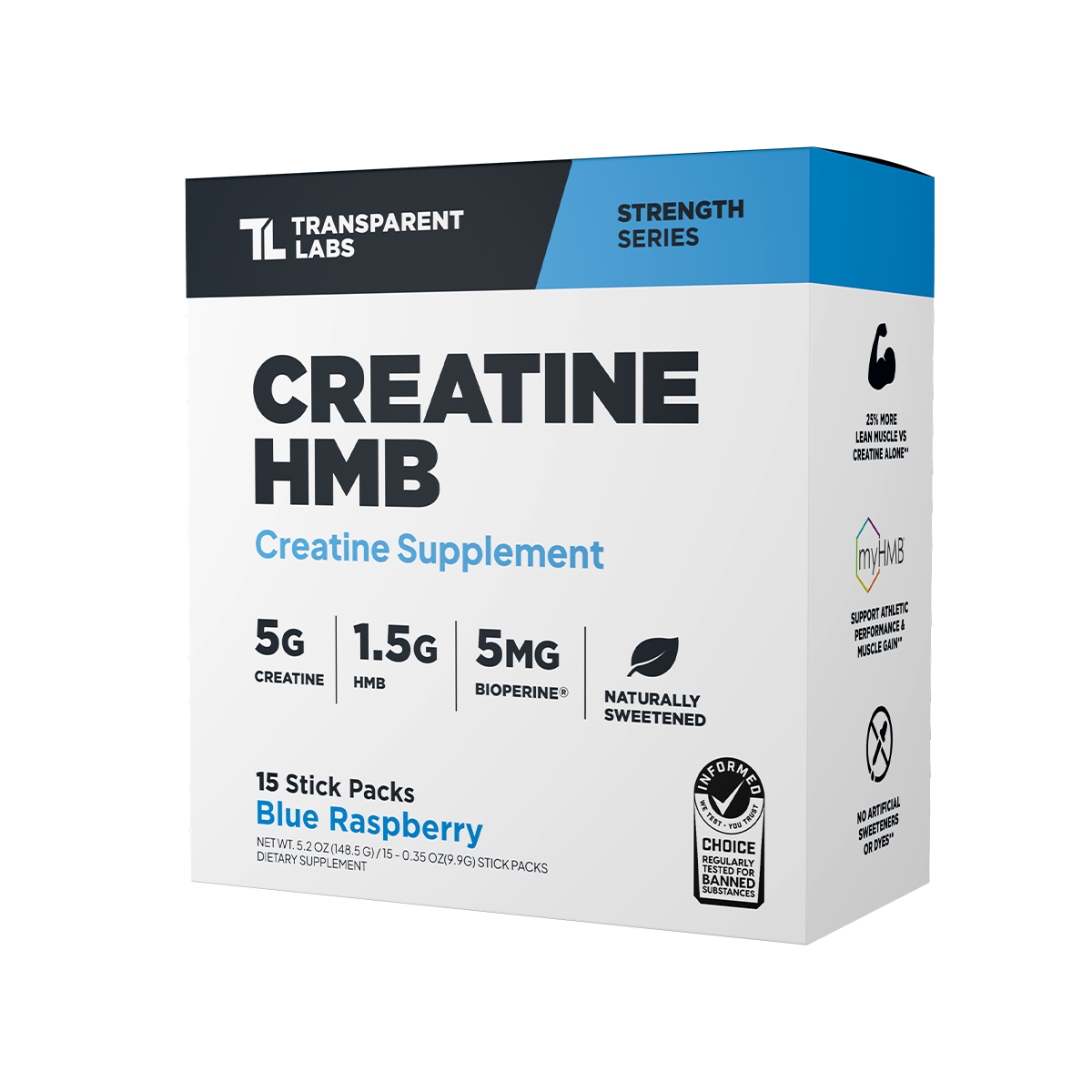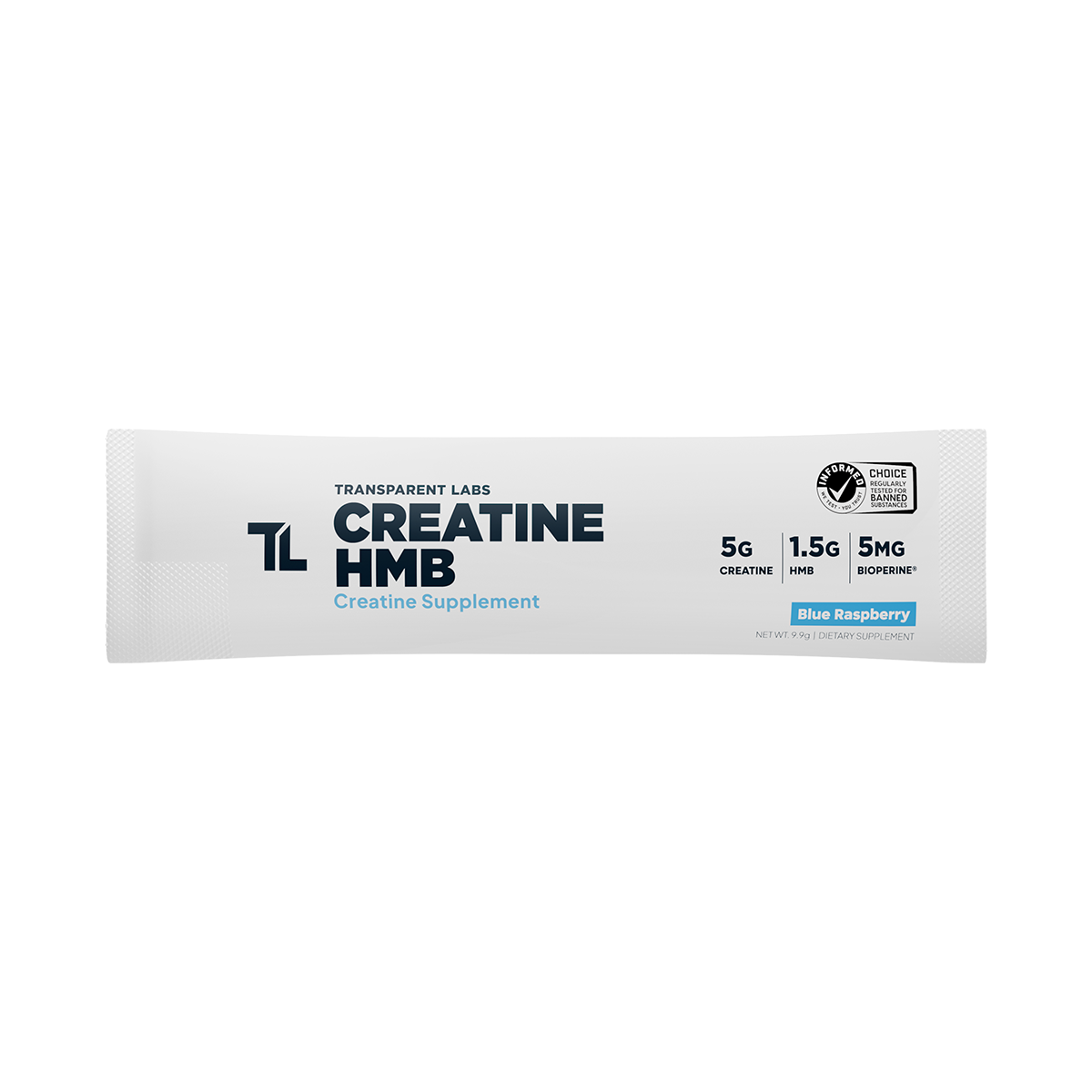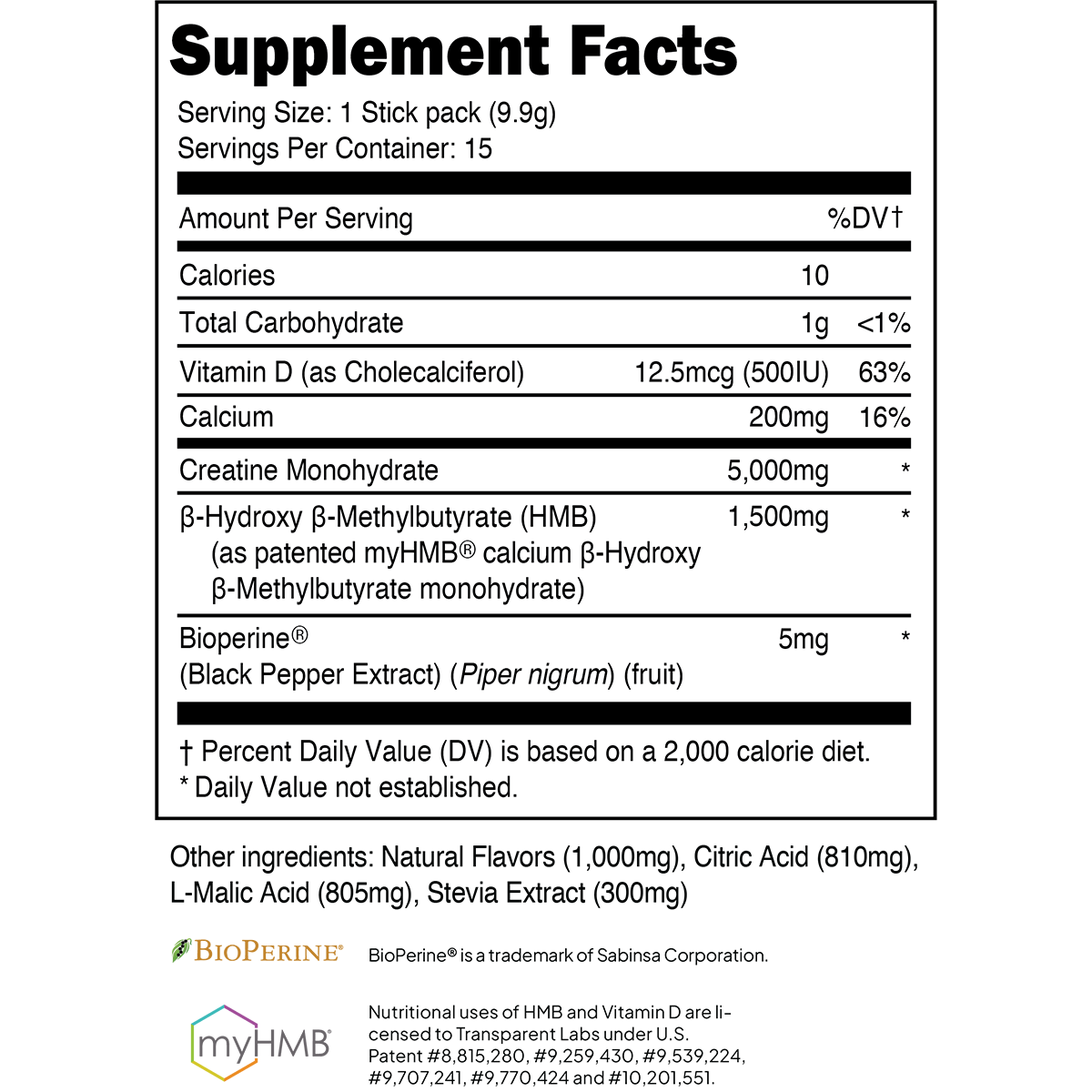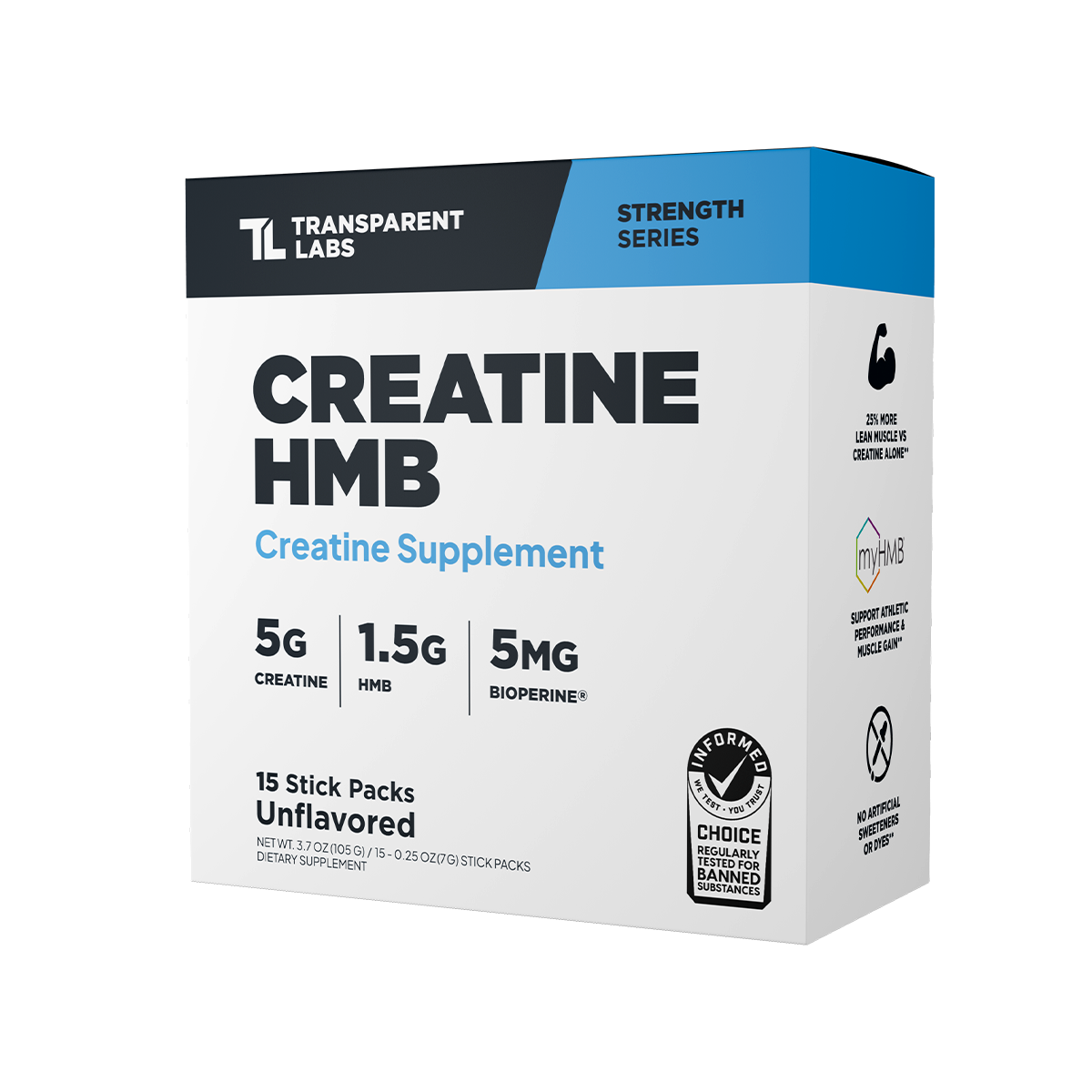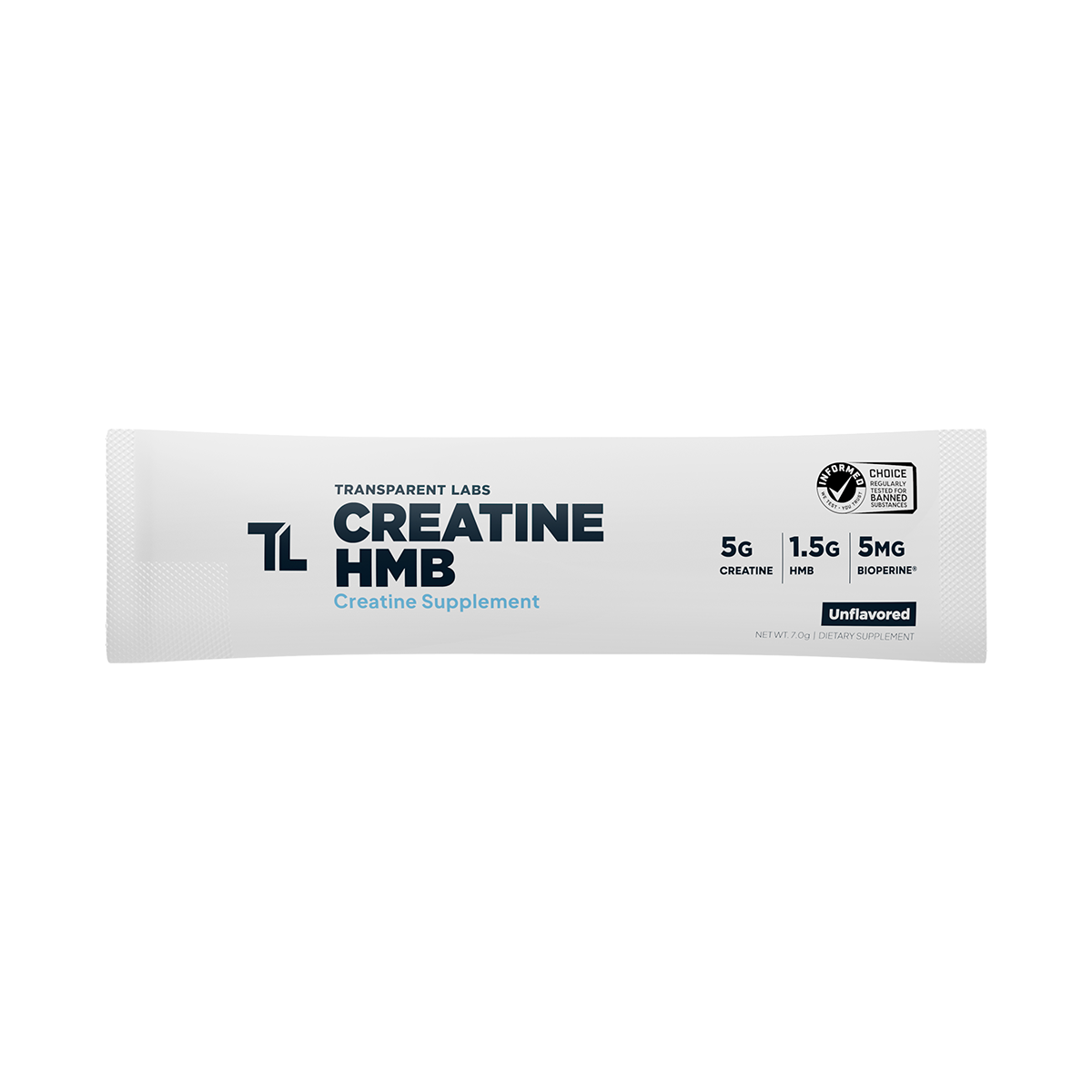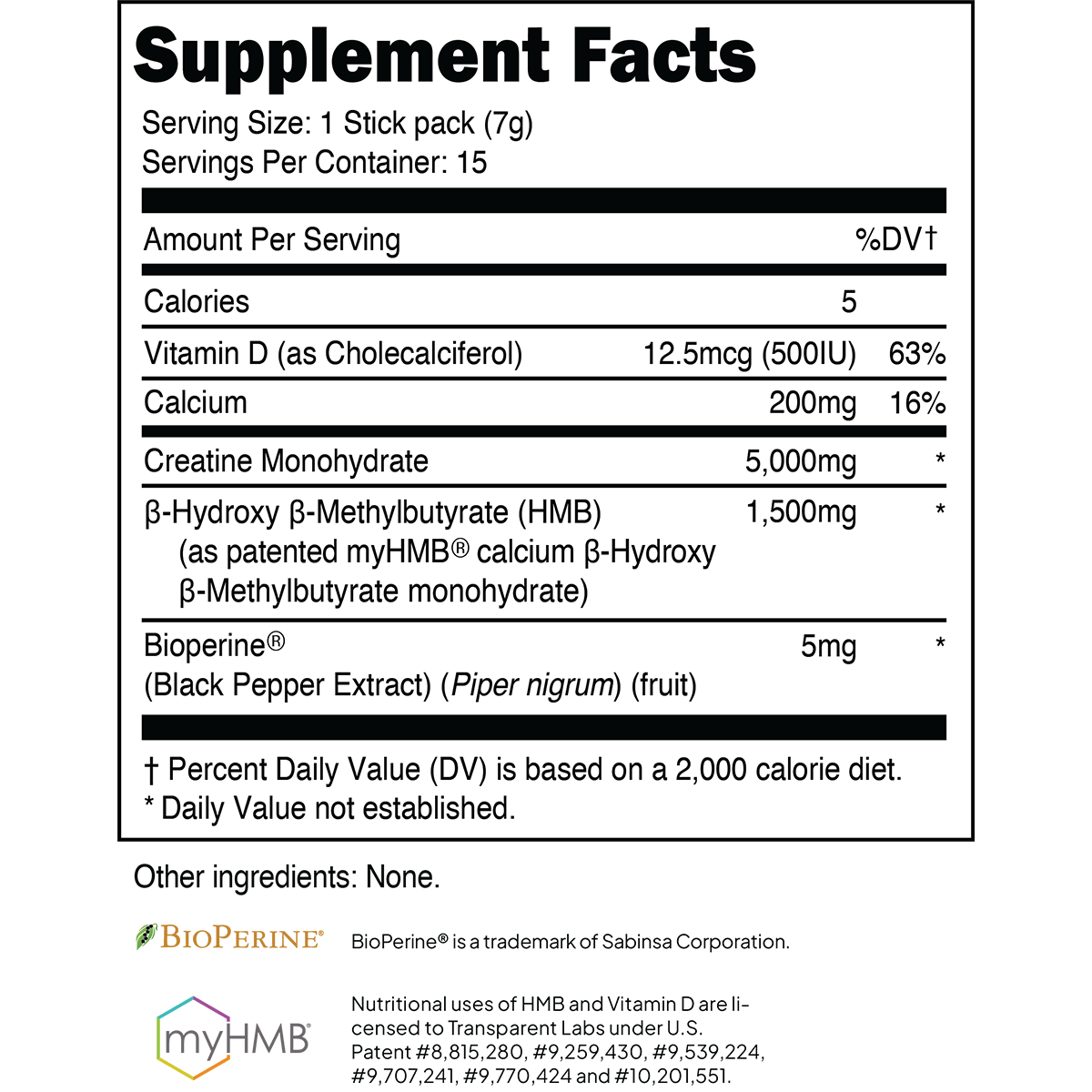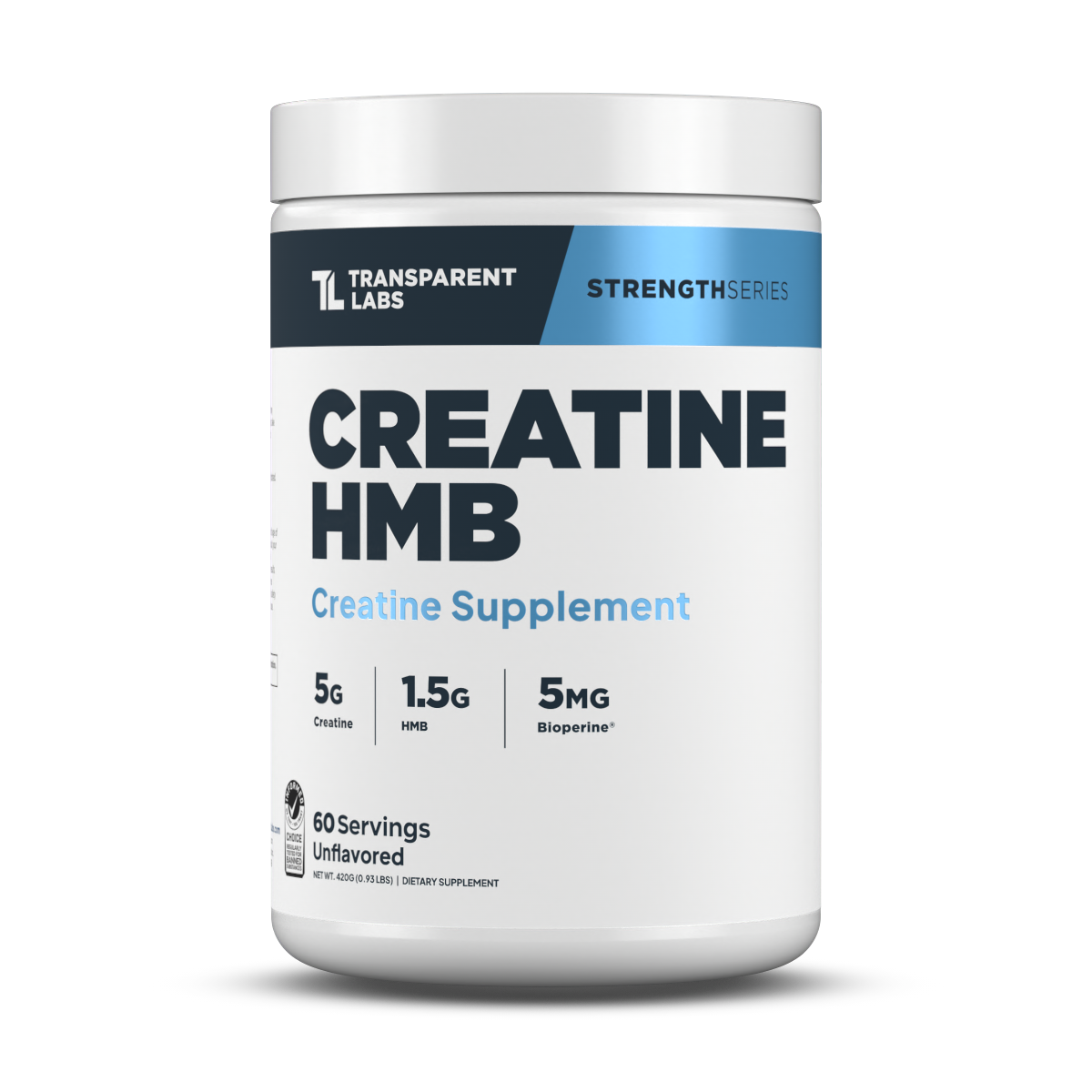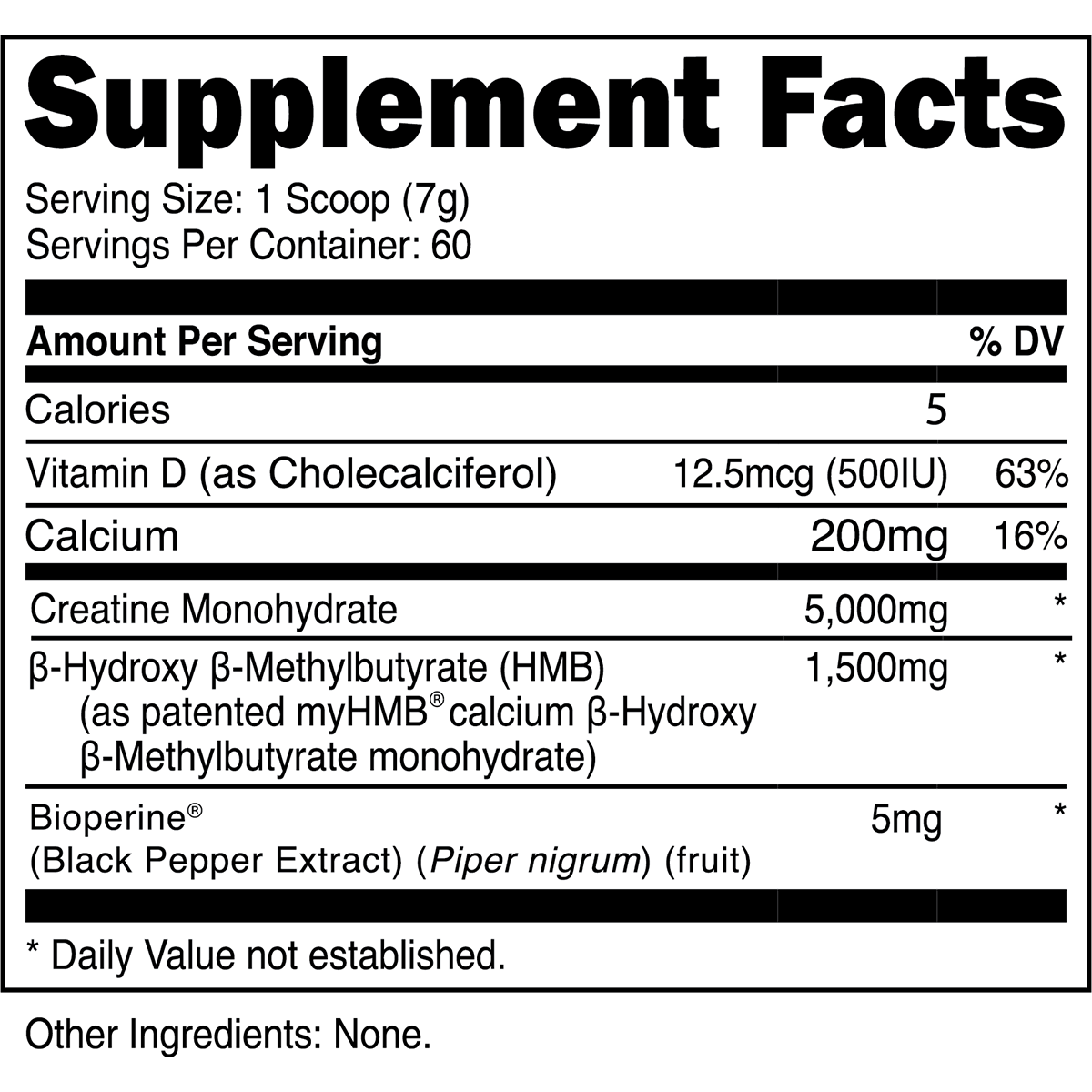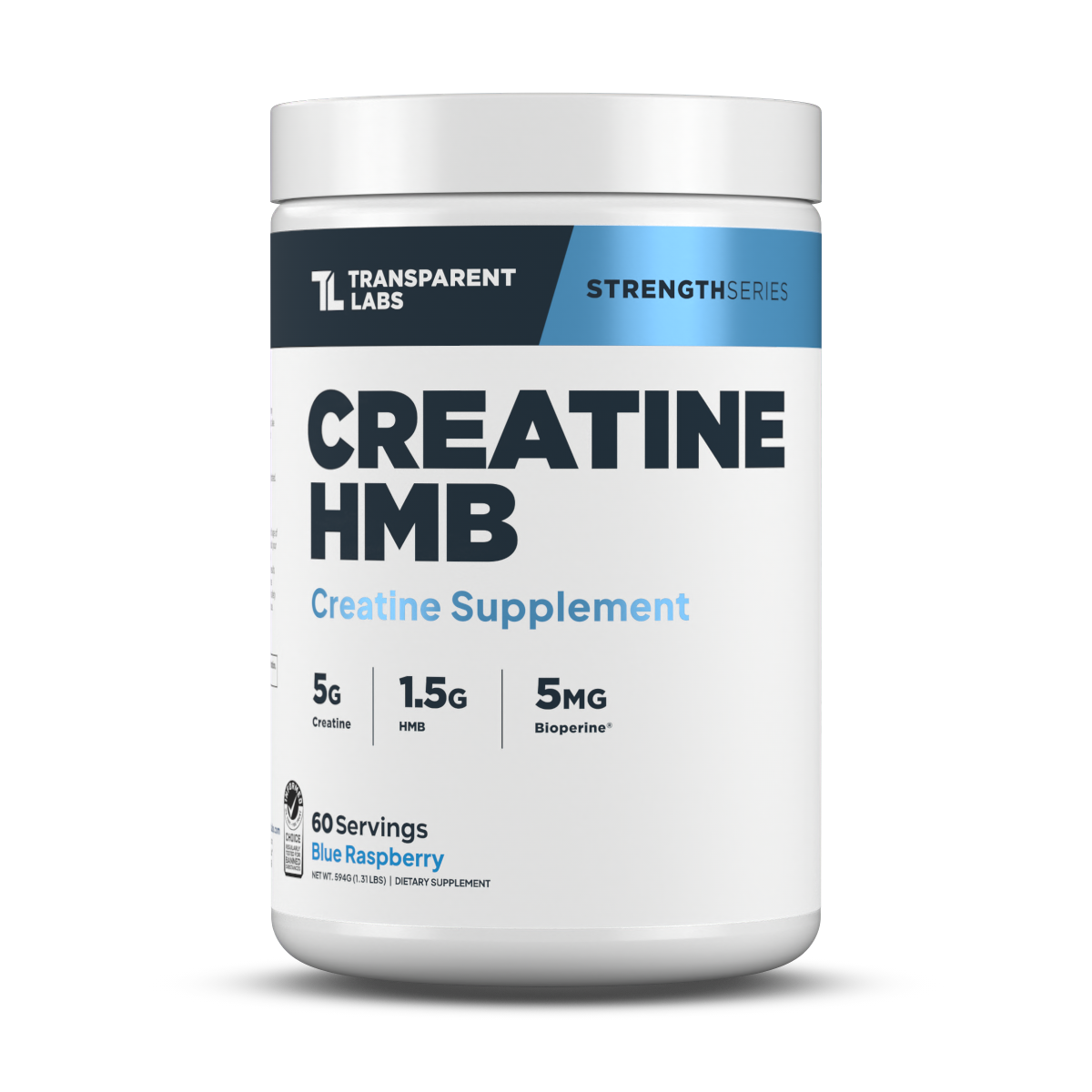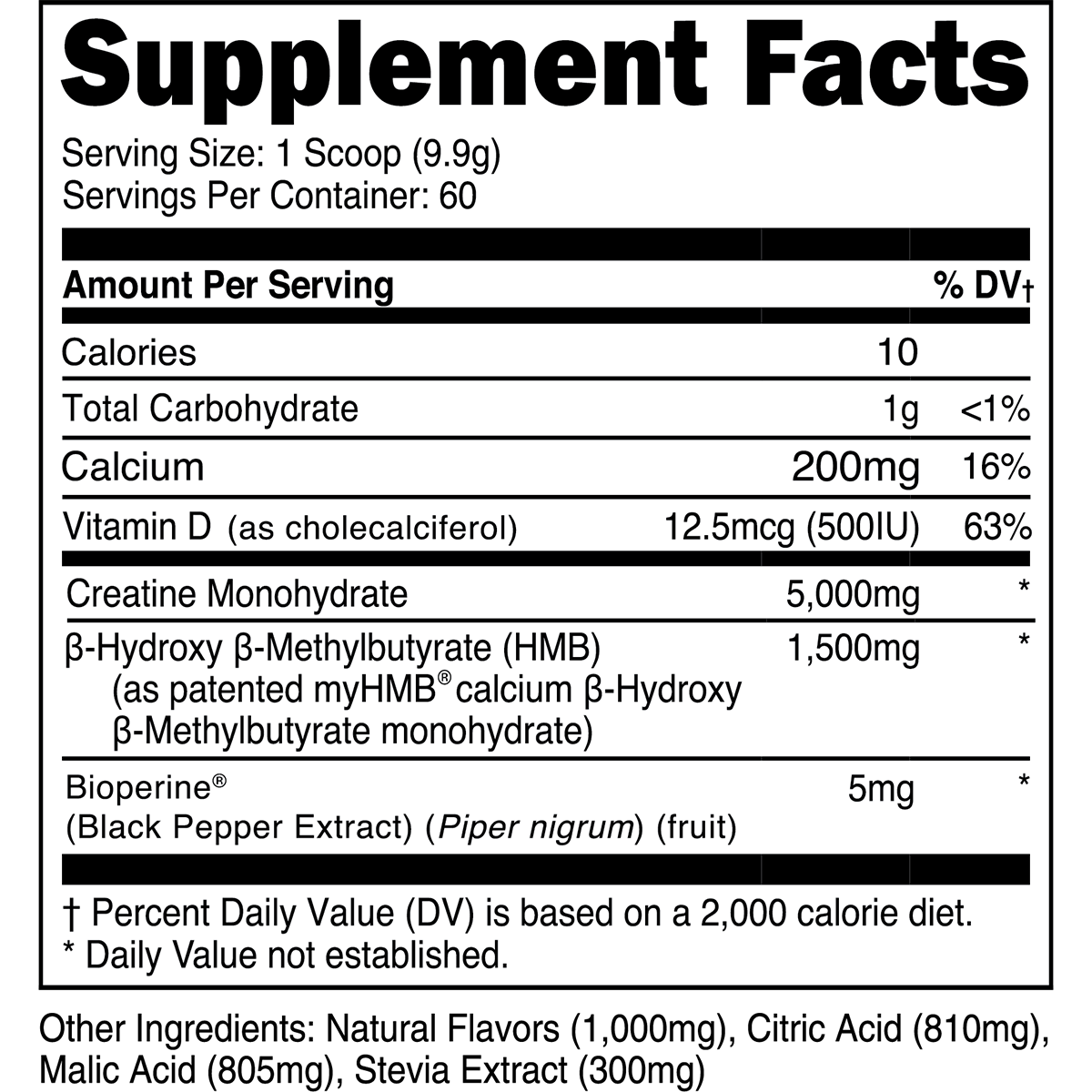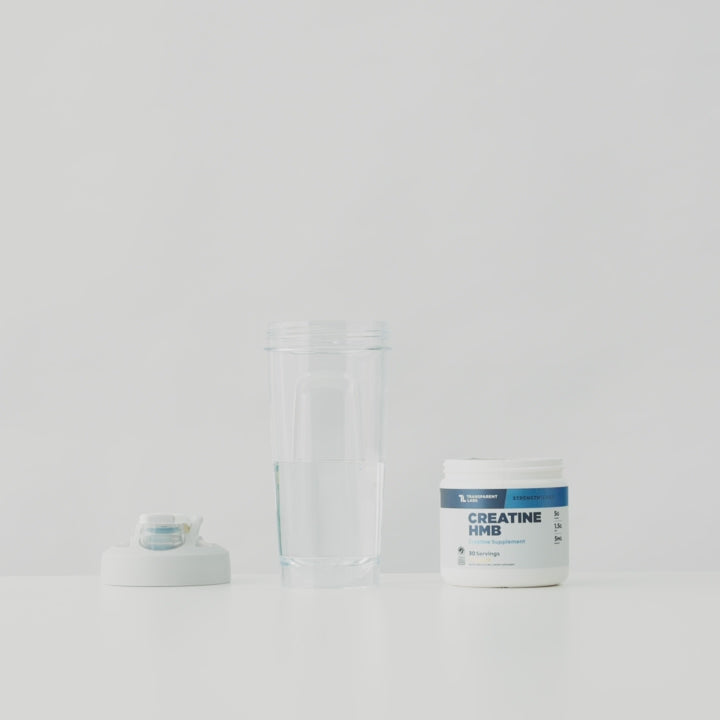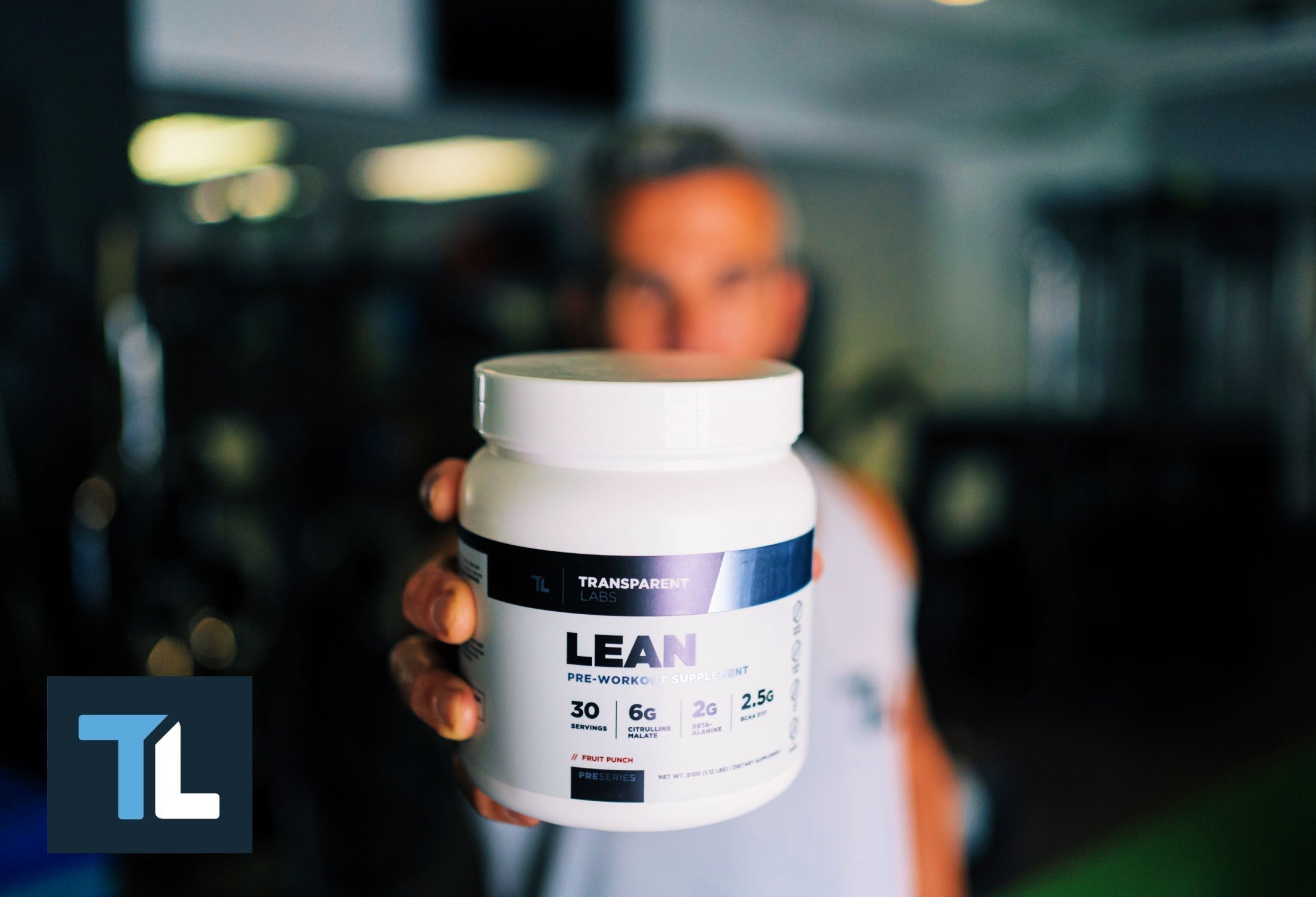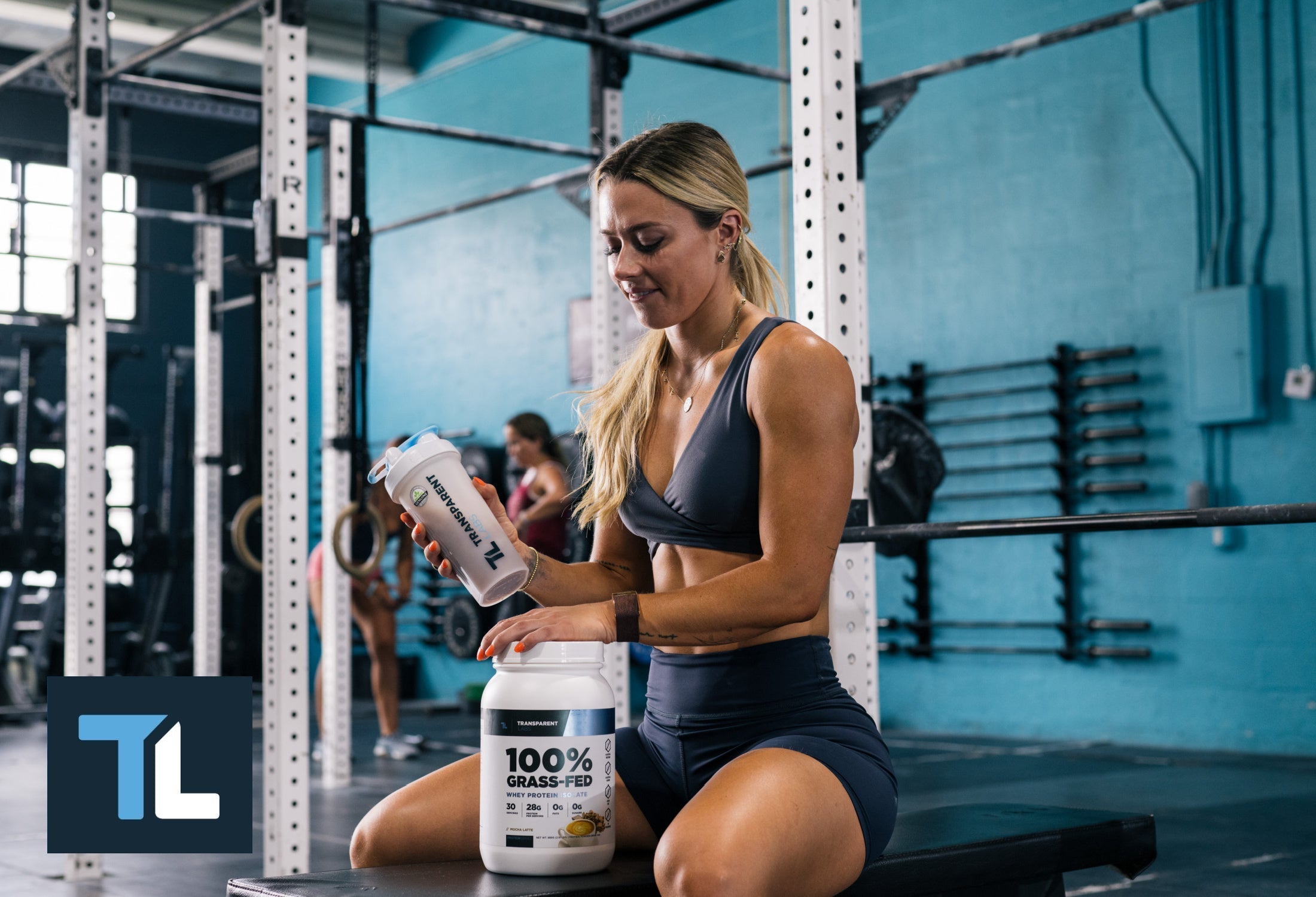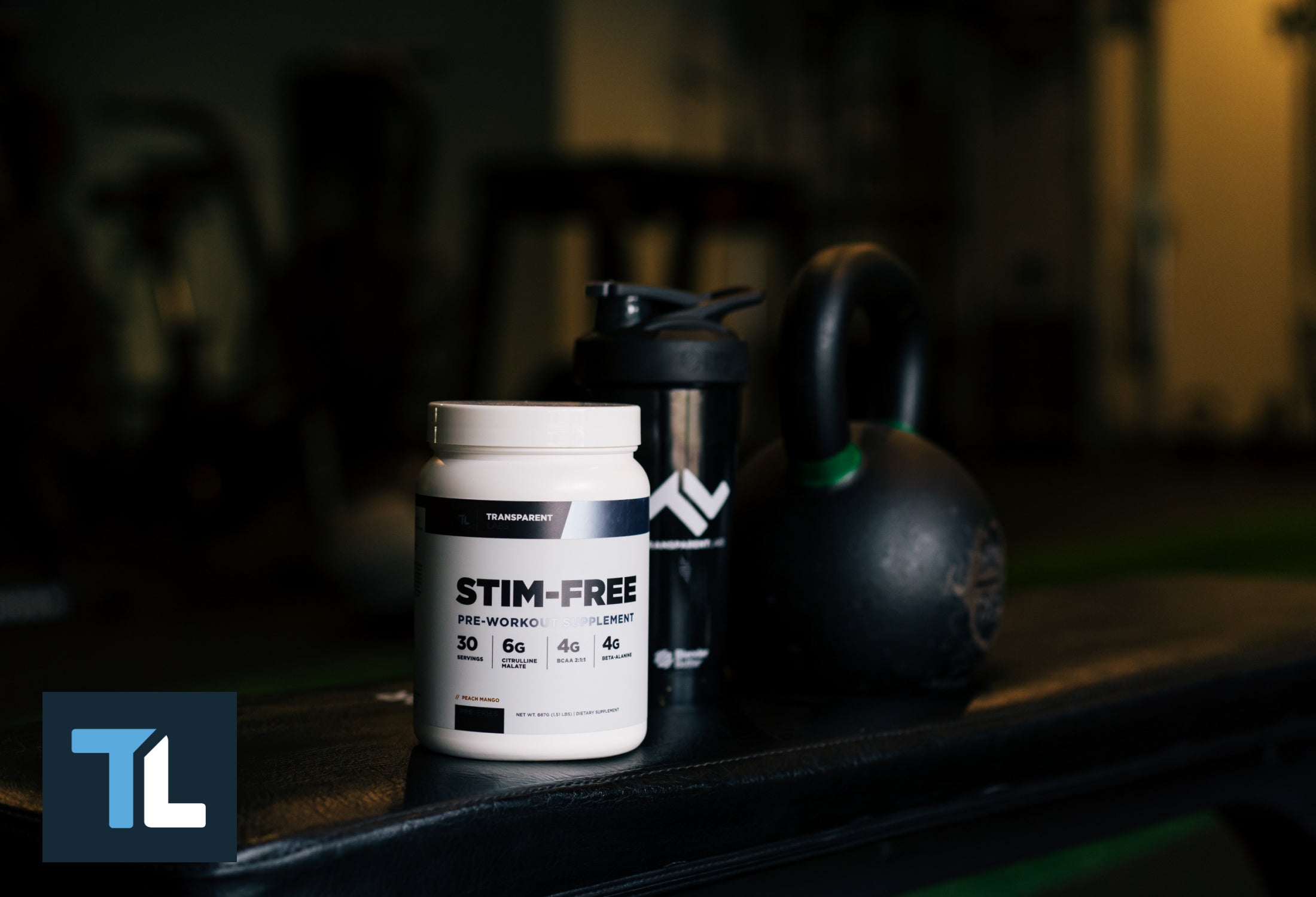Mastering the Flat Bench Press: Form Tips
"How much can you bench, brah?" is a common refrain heard in gyms around the globe. After all, the barbell bench press is the ultimate test of upper-body strength and one of the "big three" lifts in powerlifting competitions. Sadly, many gym-goers and athletes never learn proper bench press form. Eventually, they get injured or frustrated with a lack of progress.
This article will help you dial in your bench press technique so you can start moving serious weight and turning heads at the gym. You'll also learn evidence-based strategies for maximizing your chest workouts.
Mastering the Flat Bench Press: Bench Press Form Tips
Proper bench press form and technique will significantly increase the safety and efficacy of the movement. The last thing you want to do is injure yourself because of improper bench press technique.
Now is an appropriate time for the mandatory ego check: Far too often, novice and intermediate lifters walk into the gym and load up the bench press with more weight than they can handle. Do not do this, even if you have a spotter to help.
Focus on your form above all else — quality over quantity. Use a weight that challenges you without compromising technique. Sloppy bench press form will create bad habits that limit your strength potential and significantly increase the risk of injury.
With that in mind, here are five tips for mastering technique when barbell bench pressing:
Get Into a Proper Starting Position
An elite bench press starts with your foundation, from head to toe. Lay back on the bench and pull yourself under the bar; your eyes should be nearly in line with it when you look up.
While gripping the bar (more on this in just a bit), retract your shoulder blades and drive your upper back into the bench. Maintain an arch in your lower back while keeping your feet flat on the ground (do not let your heels come off the ground during the movement).
Note: Some people may find it easier to situate their upper body by starting with their feet elevated on the bench; this is fine, so long as you can plant your feet flat on the floor before beginning your set.
Brace your core and squeeze your glutes, ensuring they don't lose contact with the bench at any point during the set. You're cheating yourself if you lift your glutes off the bench to complete a repetition.
Firmly grip the bar before lifting it off the bench, and keep your feet planted just under or in front of the knees. The bar should be directly over the mid-line of your chest before you begin the eccentric phase (i.e. lowering the bar to your chest).
"Pull" the Bar Apart
When setting up for the bench, try to "pull your shoulder blades together" while gripping the bar. This cue will engage your upper-body muscles, particularly the lats and core muscles.
Your upper body should be stable and firm against the bench throughout the entire lift. (This goes for all bench press variations, including the dumbbell bench press and incline bench press.)
Tuck Your Elbows

Many lifters, especially bodybuilders, take an excessively wide grip when performing the barbell bench press. When your hands are too far outside shoulder width, the elbow joints tend to flare outward during the concentric phase of the bench press movement. This technique flaw puts undue stress on the chest muscles and is one of the best ways to tear your pectorals (you won't be benching much for quite some time if that happens).
Moreover, when your elbows flare outward during the concentric phase, your triceps are in a poor position to generate force, limiting your barbell bench press one-rep max potential. The shoulder joint is also compromised when the elbows aren't positioned correctly.
A helpful cue to remember is "tucking" your elbows inward as you lower the bar towards your chest. Your elbows should be about 30 to 45 degrees from parallel with your upper torso throughout the movement.
Try Using a Narrower Grip if a Wide-Grip Doesn't Feel Right
Along with the above tip of tucking your elbows, using a narrower grip width can quickly add pounds to your barbell bench press. Remember, benching is much more than just a chest exercise.
Play around with your hand position on the bench press until you find that "sweet spot" where you generate the most force. Even for those with longer arms, a grip slightly outside of shoulder-width allows the triceps muscles to forcefully drive the bar up without straining the elbow joints [1].
It may feel like you're performing a close-grip bench press initially if you've traditionally used an exaggerated wide grip, but don't worry. It will feel natural in due time and raise the ceiling for your barbell bench press strength.
Get in the Zone, Mentally
We realize "getting in the zone" may not have much to do with your bench press form per se, but it's a valuable tip nonetheless. Sports psychology is well-known to impact athletic performance [2].
Your mindset is a major component of setting new personal records (PRs) on the flat bench press or any other compound exercise. You can quite literally psyche yourself out before you even unrack the bar, or you can visualize yourself completing the rep(s) and how awesome it will feel.
One study recently showed that adult males were able to achieve a significantly greater one-rep max on the flat barbell bench press by simply listening to music — of their preference — beforehand [3]. When they didn't listen to music before attempting their one-rep max, mean power output and barbell velocity decreased.
So how do you psych yourself up before attempting a new bench press max? Well to each their own, but jamming out to your favorite lifting playlist is one way.
Another simple trick to increase your bench press is to visualize yourself performing a successful PR beforehand. This psychological tactic is more effective than most gym-goers think — once you believe you can lift a certain weight, odds are you're more likely to make it happen (as long as it's within reason, of course). If your current bench press max is 185 lbs, you probably won't be able to bench 315 lbs through sheer will of the mind.
Training for a Bigger Barbell Bench Press
Since the bench press works several major muscle groups such as your pecs, triceps, deltoids, and indirectly lats and legs, you have to have more than just a strong chest to be a formidable bench presser.
Start Your Chest Workouts with Barbell or Dumbbell Bench Press (Variations)
One of the easiest, if not obvious, ways to increase your bench press is by consistently starting your chest workouts with a barbell or dumbbell bench press variation. If you're bench pressing towards the end of your workout, you'll be too fatigued to lift maximal loads, hindering strength where it matters most. Leave the pre-exhaustion routine for a different time; it's not ideal when your goal is to improve strength in lower rep ranges.
Focus on Heavy Loads and Lower Rep Ranges
We've discussed high-reps vs. low-reps at length in another article. If you haven't had a chance to read that yet, the key takeaway is that lifting heavier loads for fewer reps is superior for maximizing strength adaptations [4]. This doesn't mean you should only perform bench press variations with heavy weight and low reps; higher rep ranges have their purpose, too.
That being said, you won't increase your max bench press efficiently if you're always doing 15-20 reps with the same, relatively light load. It's okay to mix things up occasionally, but your priority should be adding weight to the bar consistently while staying within 2-6 reps during the heaviest sets.
Switch Up the Bench Angle on Chest Exercises
One common mistake many gym-goers make is placing too much emphasis on one specific bench press angle, often the incline bench. While incline benching is great for building the upper chest muscles, you shouldn't neglect flat and decline barbell or dumbbell bench press variations.
Decline benching is criminally underrated for increasing upper-body strength since the feet are elevated, making it virtually impossible to cheat form-wise. If you have a habit of sticking to the incline bench, try switching things up with the decline bench to develop surrounding muscle groups, notably the clavicular pectoralis and anterior deltoids — crucial for flat bench press strength and stability.
Row Your Way to a New Bench PR

It may seem counterintuitive to train your back muscles for a stronger bench press, but the latissimus dorsi, rhomboid, and posterior deltoids are crucial for stability during heavy bench sets. If you think about it, bent-over rows (with a barbell or dumbbells) are the inverse of flat bench presses.
Your back muscles and biceps pull objects towards the torso; anterior upper-body muscles and the triceps push objects away from the torso. (Read more on Push-Pull-Legs training here.)
Some lifters find that warming up with a few sets of barbell or dumbbell rows before training chest helps them bench better. Another option is supersetting your chest exercises with upper-back exercises, making your workouts more time-efficient and intense.
Practice the Close-Grip Bench Press to Increase Triceps Strength
Your triceps muscles are vital for increasing bench press strength. If you are having trouble "locking out" at the top of the movement on heavy barbell or dumbbell bench presses, focus on assistance exercises that target your triceps.
Arguably the best options are the close-grip bench press, weighted dips, and skull-crushers. Incorporate these exercises into your chest workouts, and you'll be on your way to an impressive bench press.
Progressive Overload and Muscle-Building Nutrition Are Key

Not to state the obvious, but you won't be able to build muscle mass and increase strength on the bench press without the right nutrition plan. Protein is especially crucial for recovering from tough (chest) workouts and stimulating muscle growth. We go into more detail on optimal protein intake in this article: How Much Protein Should You Eat?
Also, don't forget to check out this article on tracking progressive overload for consistent strength gains!

